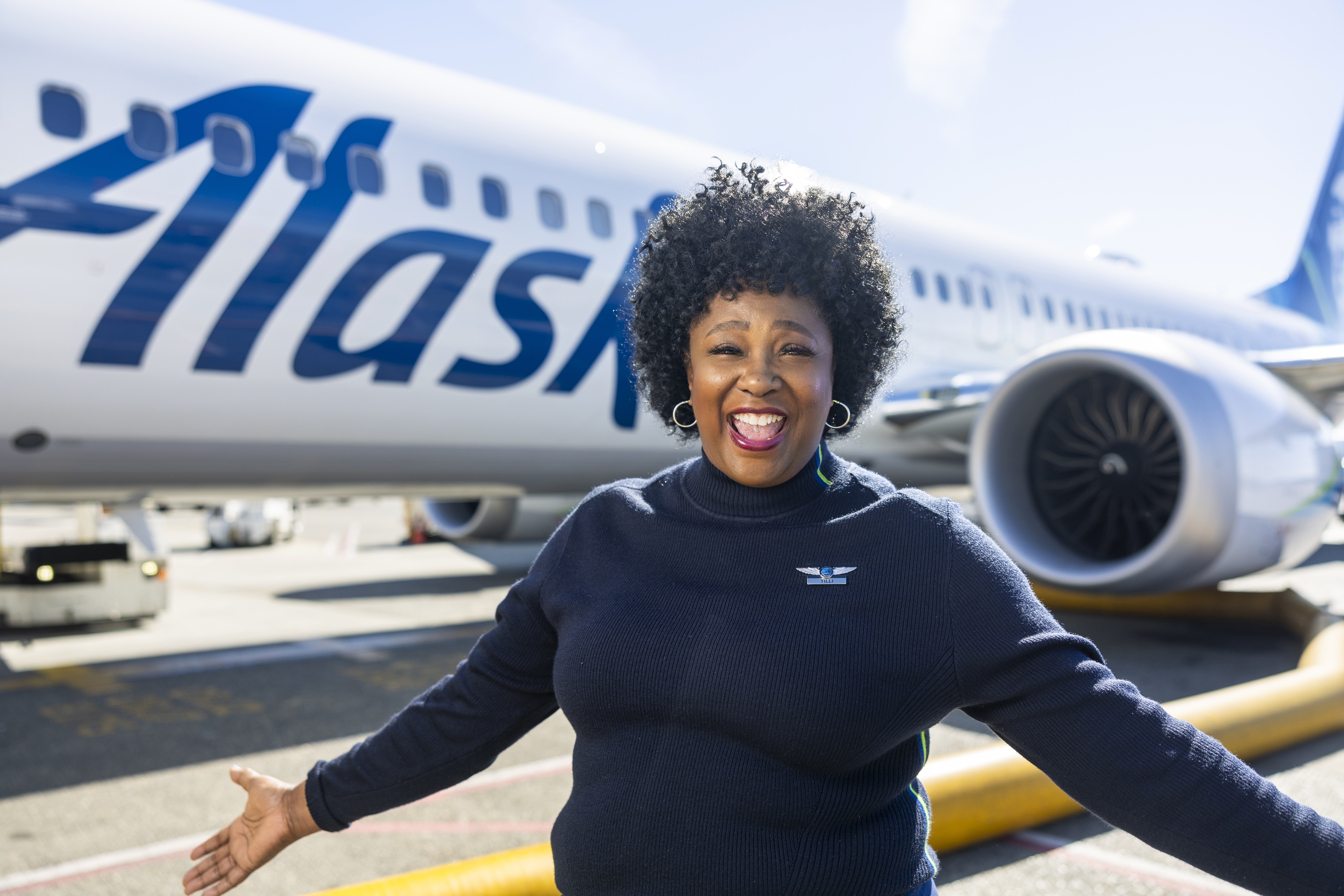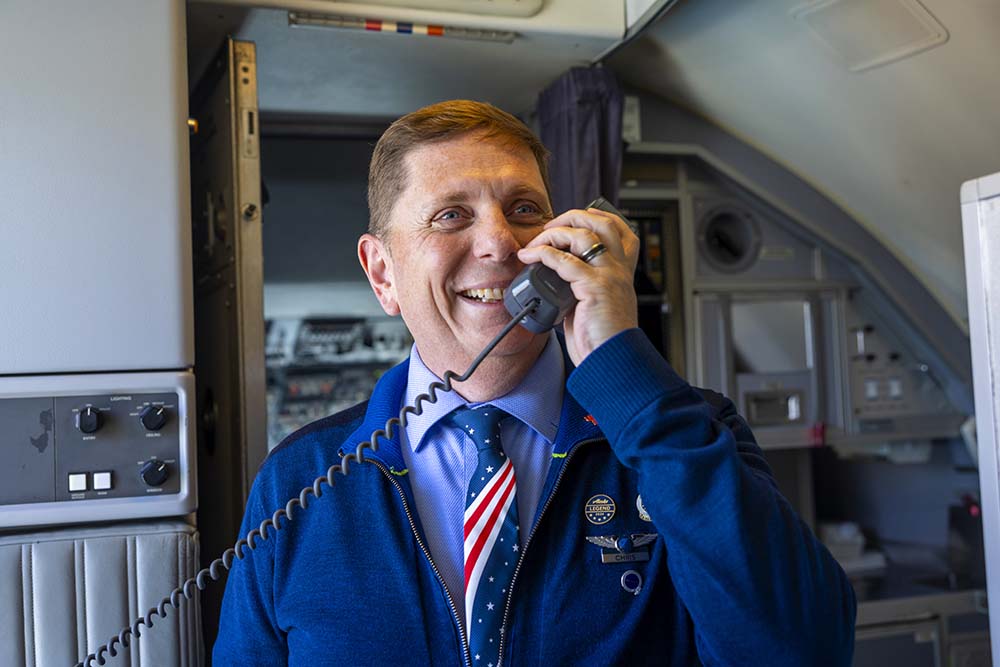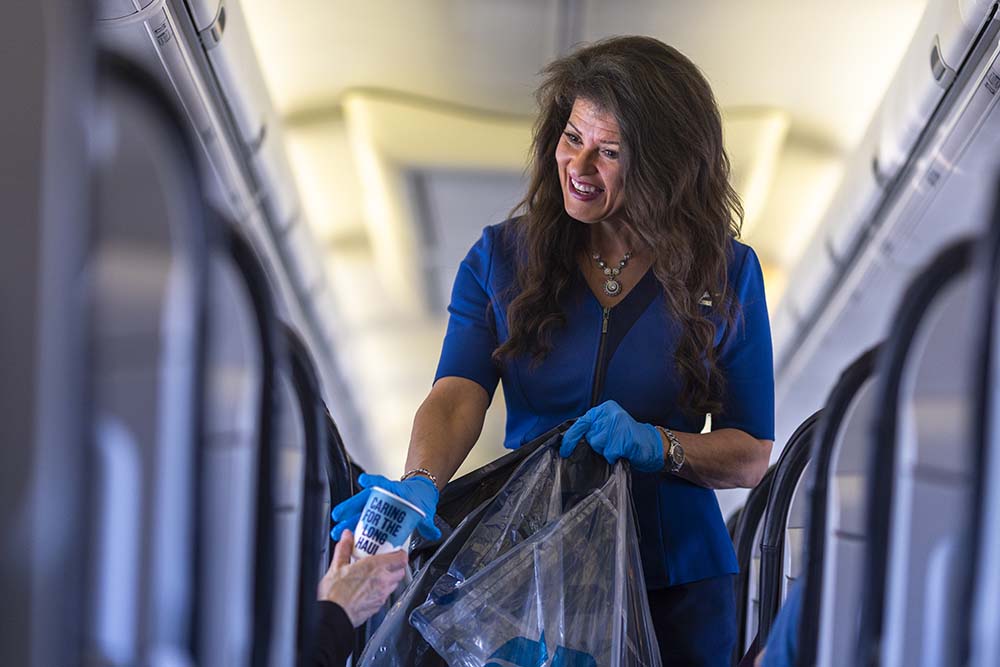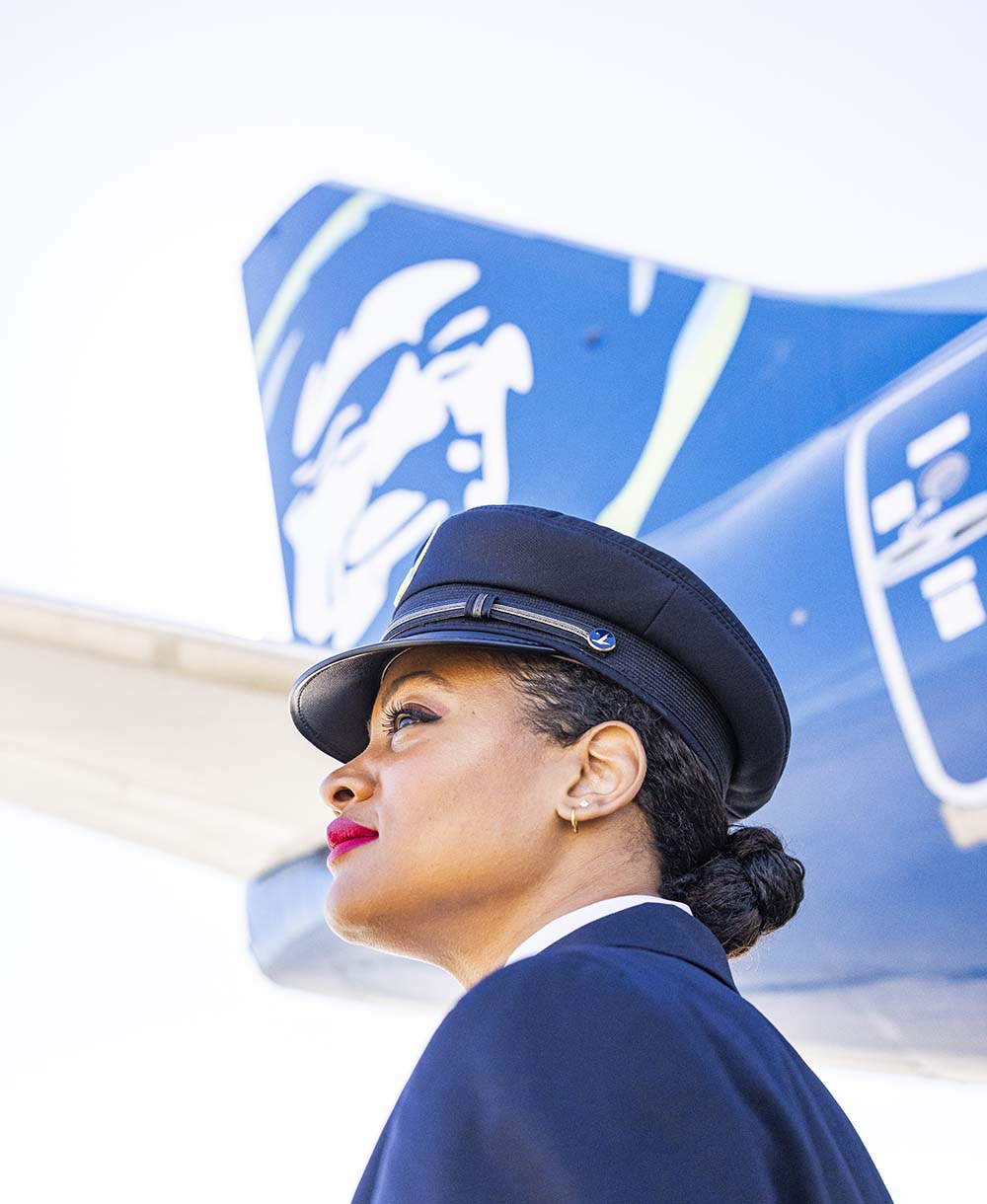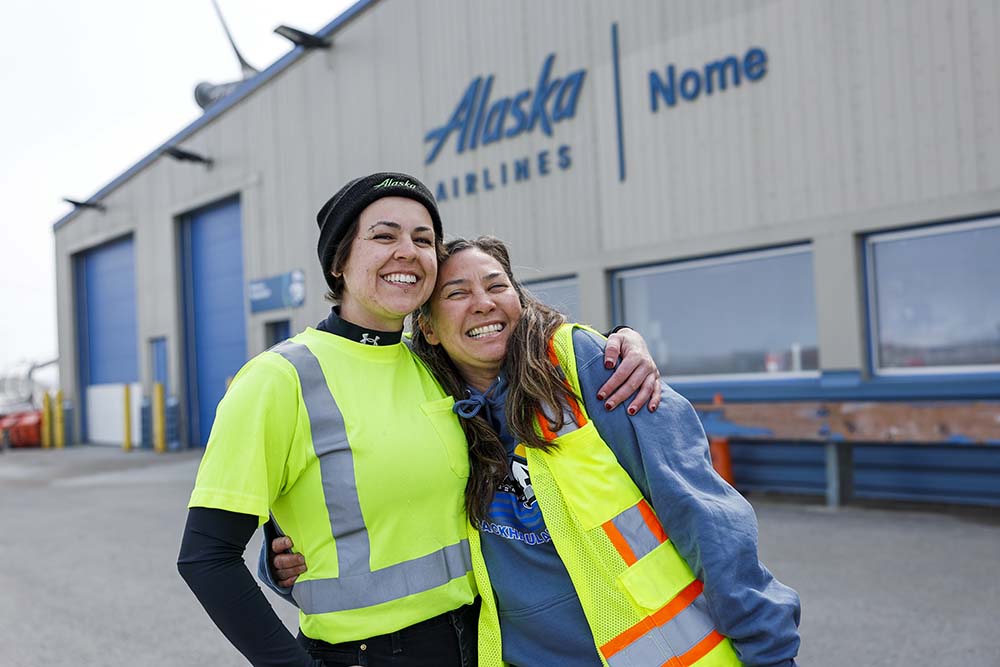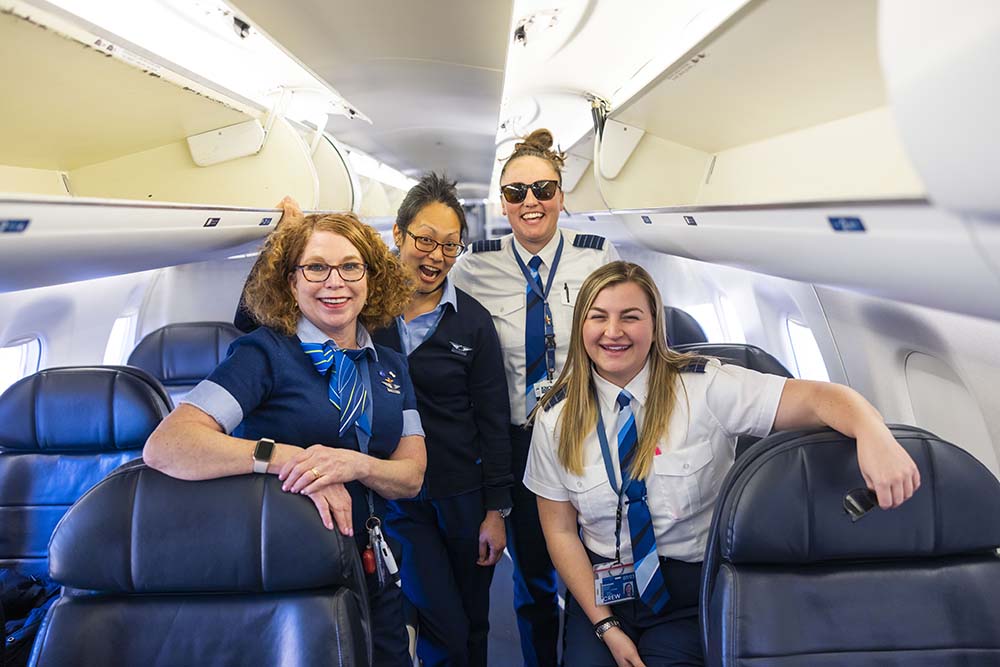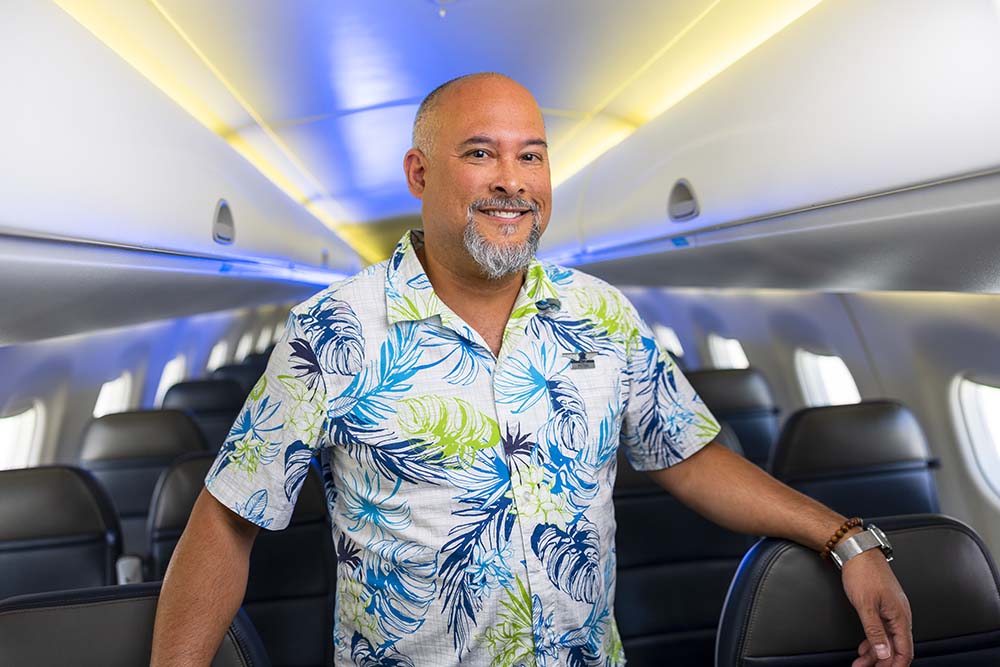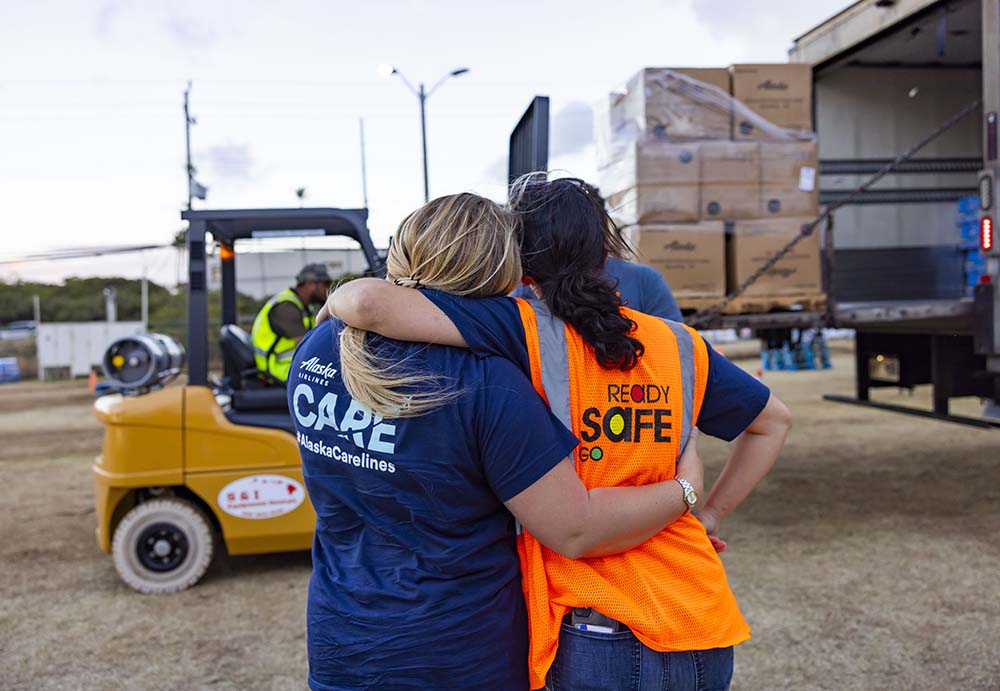How our unique roots make us the Alaska Airlines people love
Share
You don’t become a 92-year-old airline without a bit of grit, guts and determination—or a few stories to tell. Those of us who are fortunate enough to be considered ‘old-timers’ chuckle at the unconventional beginnings of the early Alaska Airlines.
Even though our route map has expanded, we’re still that scrappy, little airline at our core—showing up for our guests and connecting communities that rely on us. For every new city we serve, there are memories like those about an airline president in the 1950s who thought it was a good idea to tap a beer keg in the galley of a plane. For every new fresh menu item we bring onboard, there are stories like the time we had a mid-air encounter with a salmon. Yep, splat right on the windshield (true story).
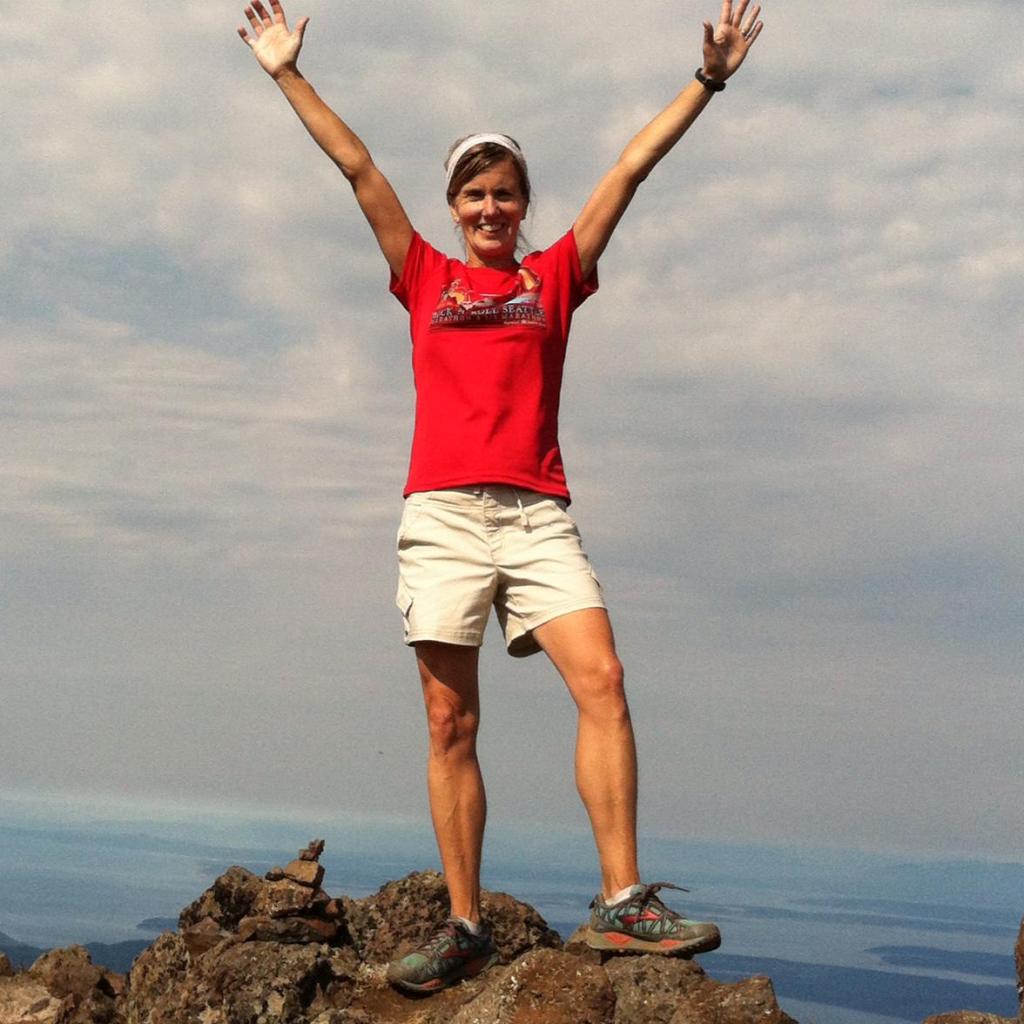
Marianne started with Alaska Airlines in 1986 and counts herself among a cadre of old-timers still at the airline who marvel at how the airline has grown and evolved, and who are proud to have played a part in its history.
Rugged roots
Our history traces back to 1932 when an industrious fella named Linious “Mac” McGee painted “McGee Airways” on the side of a three-passenger plane and started flying supplies out of Anchorage, Alaska.
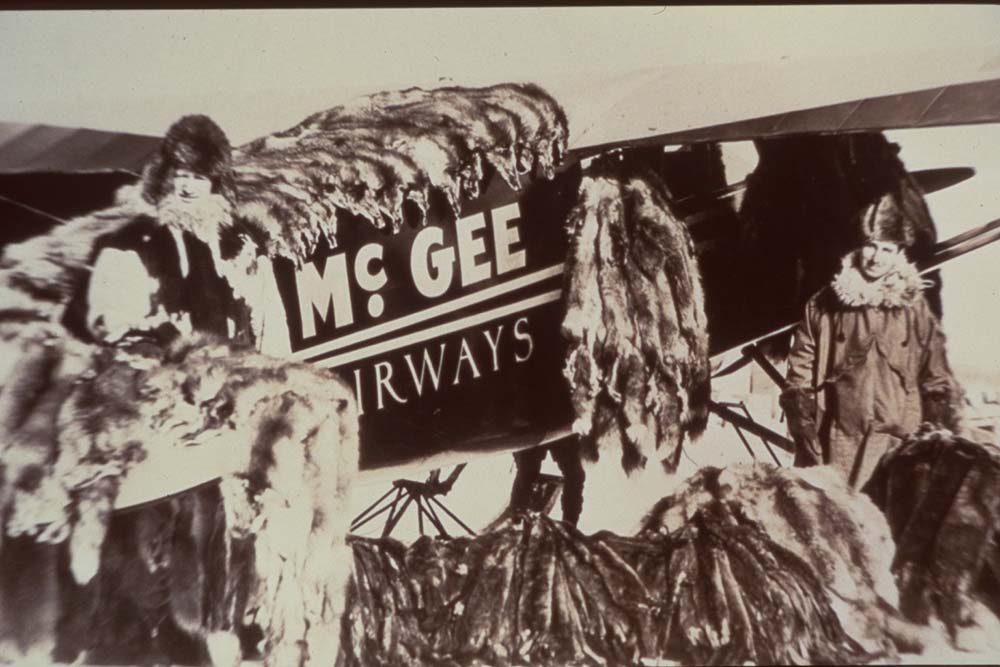
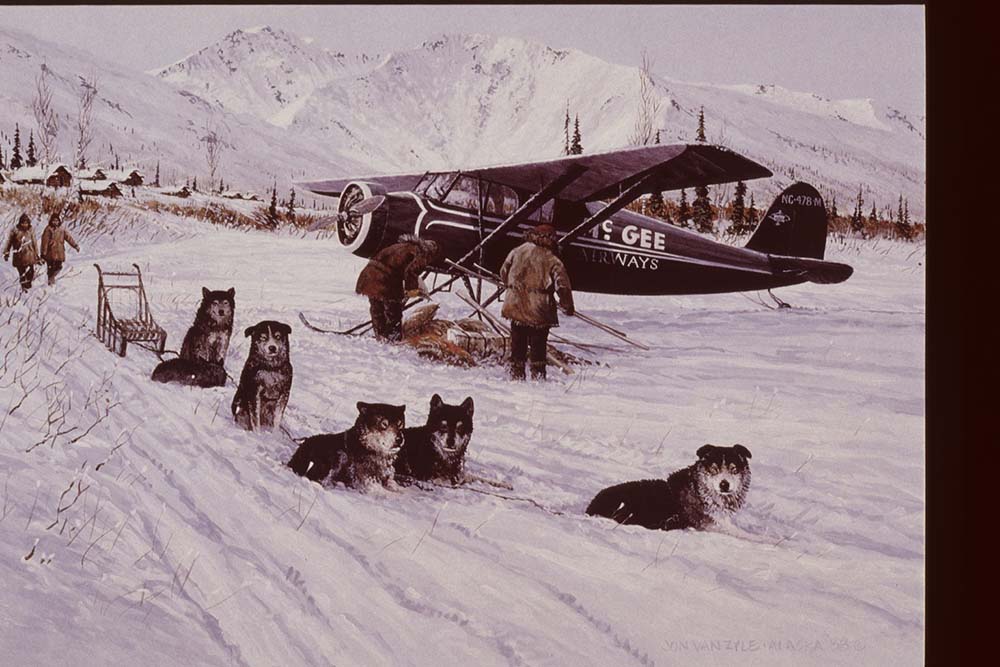
Born out of the need to get goods across a rugged landscape with no roads, the start-up eventually merged with another airline, and then another, and soon became Alaska Airlines. Employees needed to be industrious–we had pilots kicking the tires and paying for jet fuel themselves, airport employees shooing away stray caribou from the runways, and others pitching in to unload supplies at their final destination across Alaska.










Soaring through the decades
Click photos to enlarge
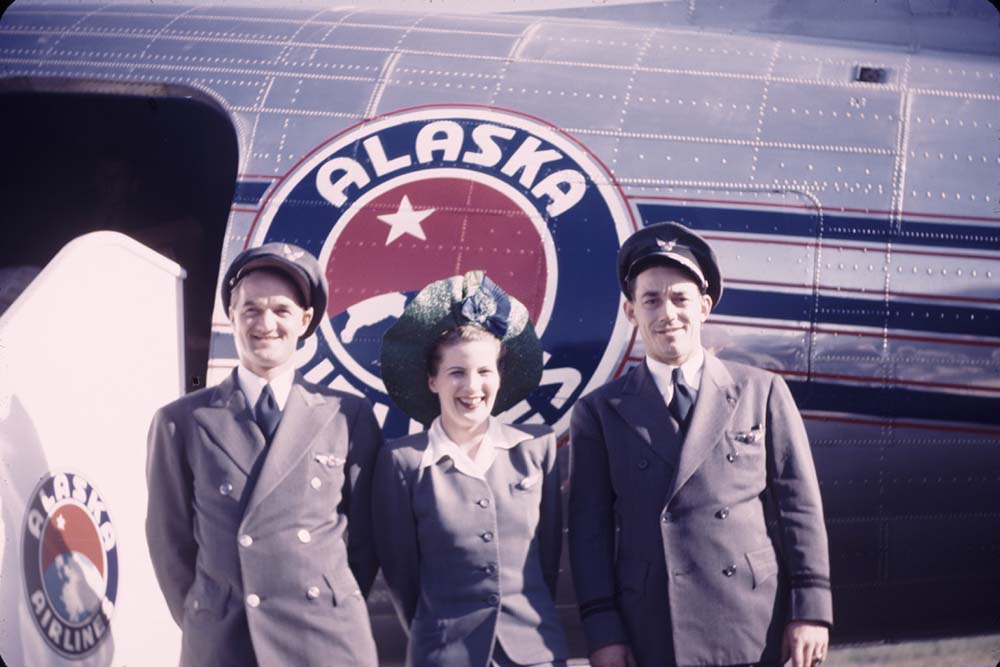
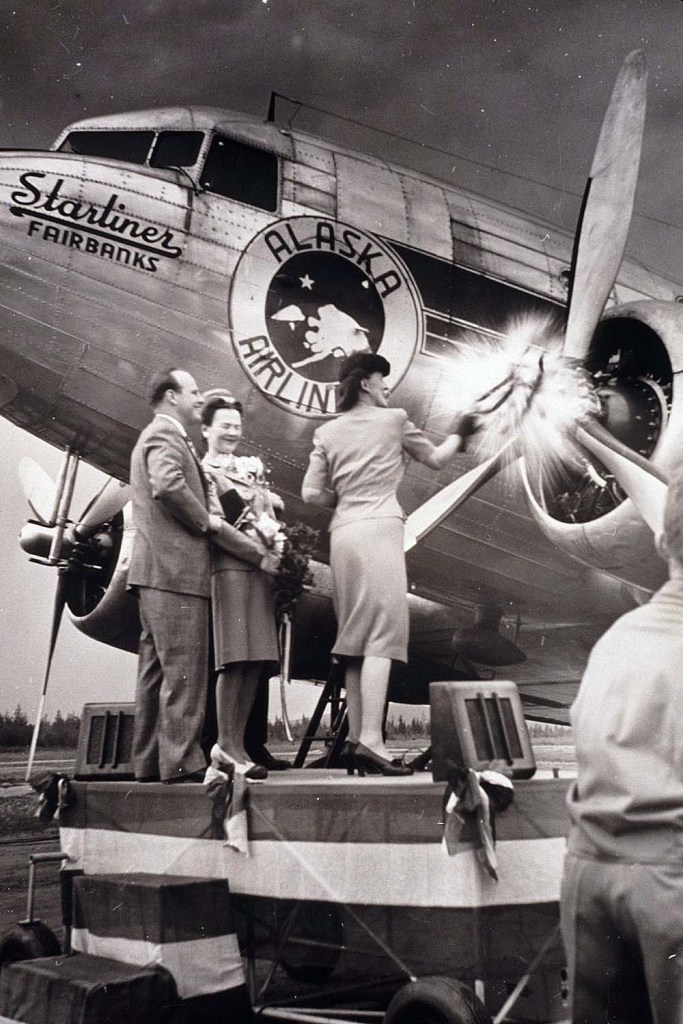
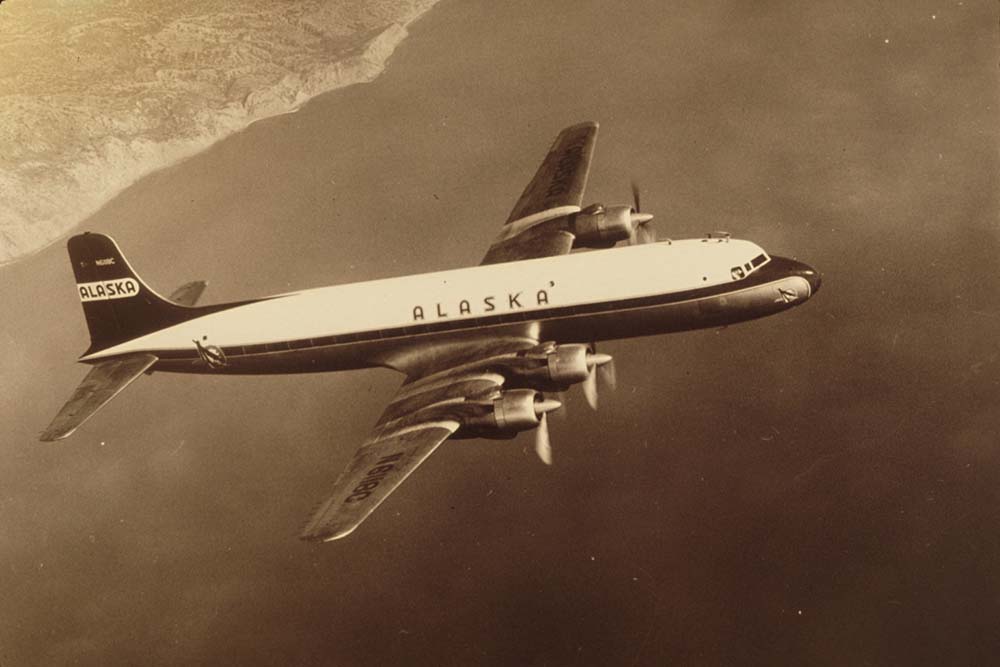
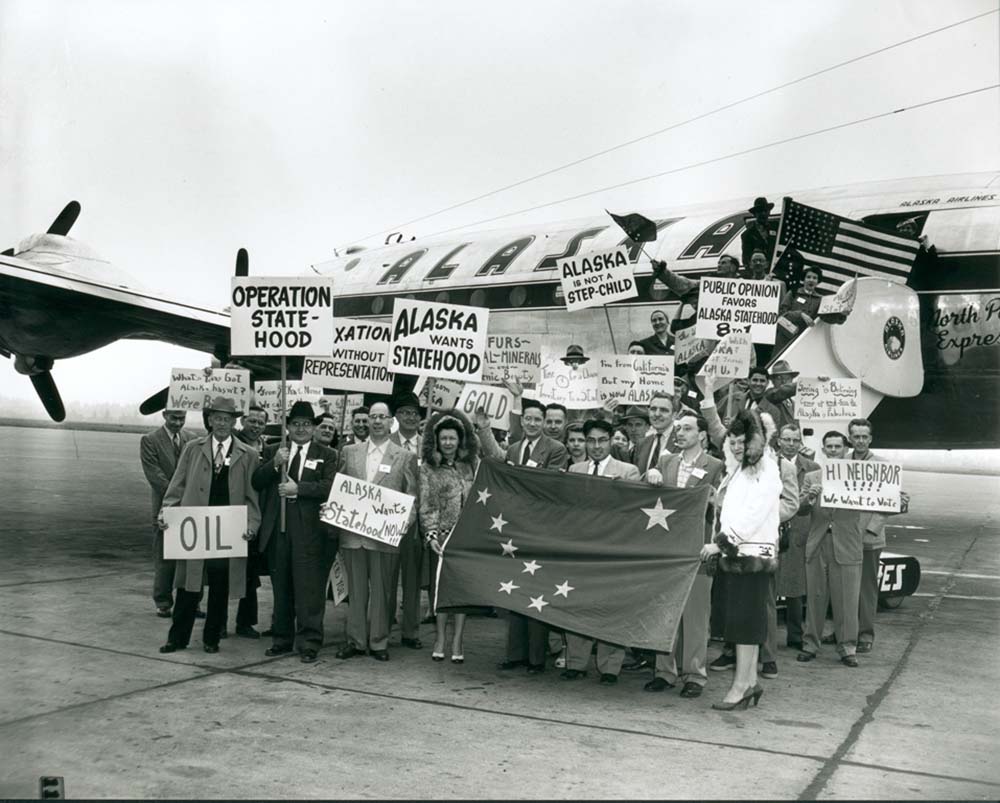
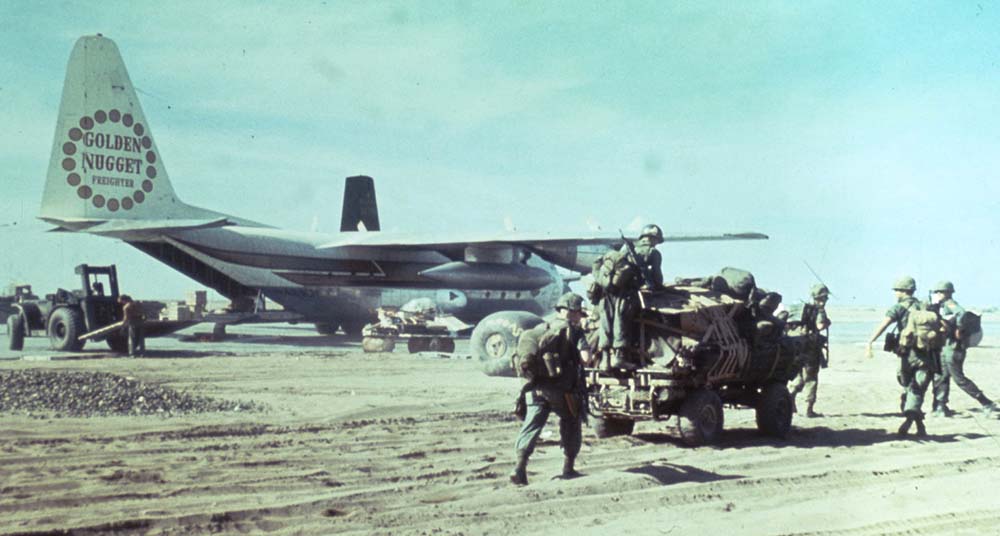
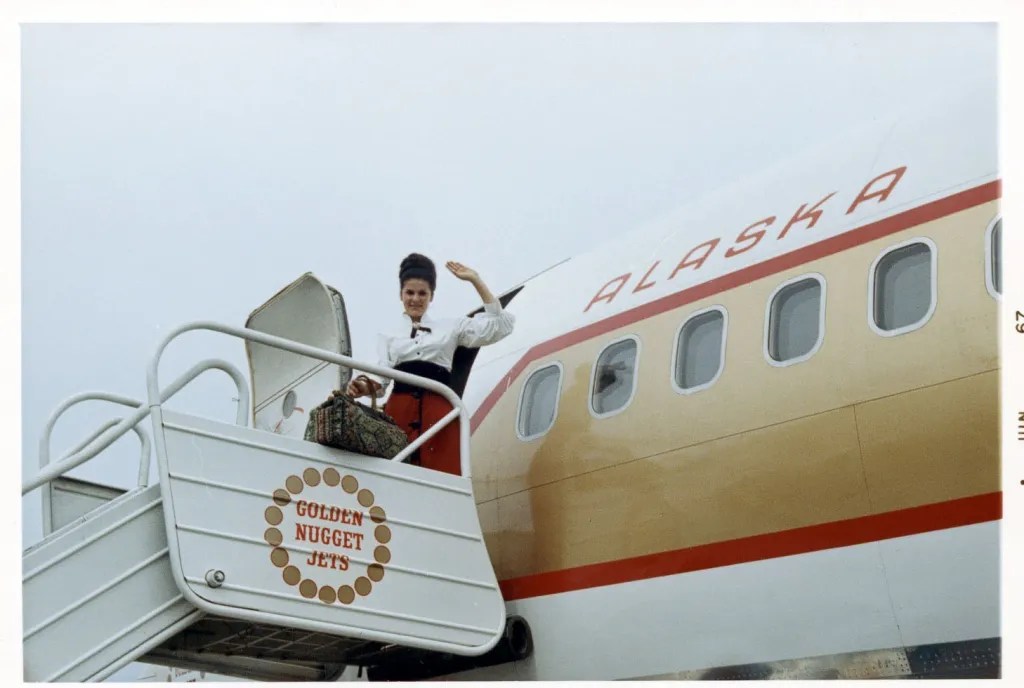
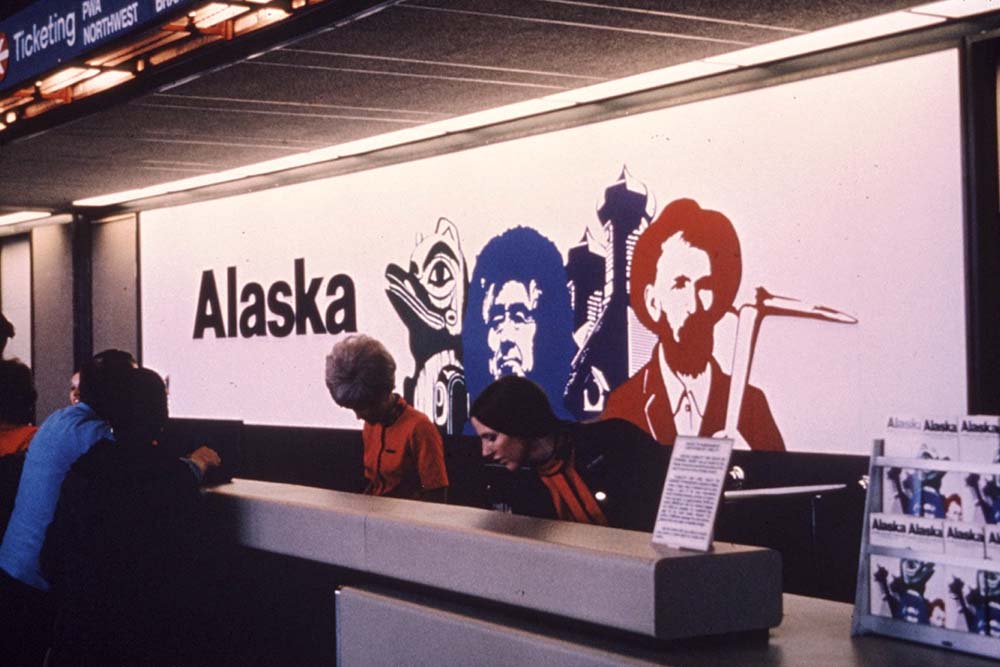
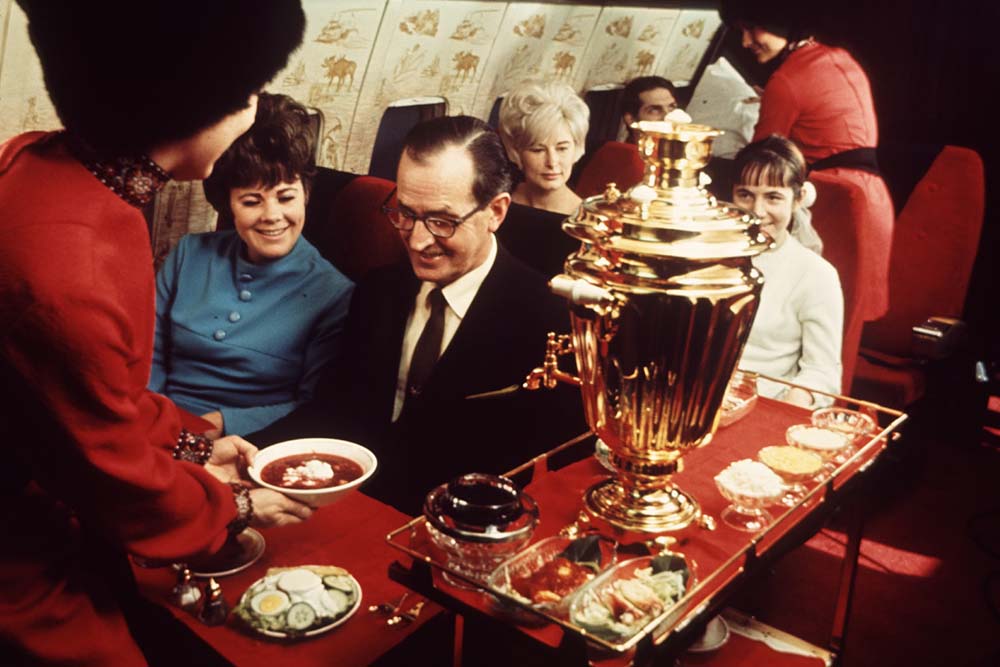
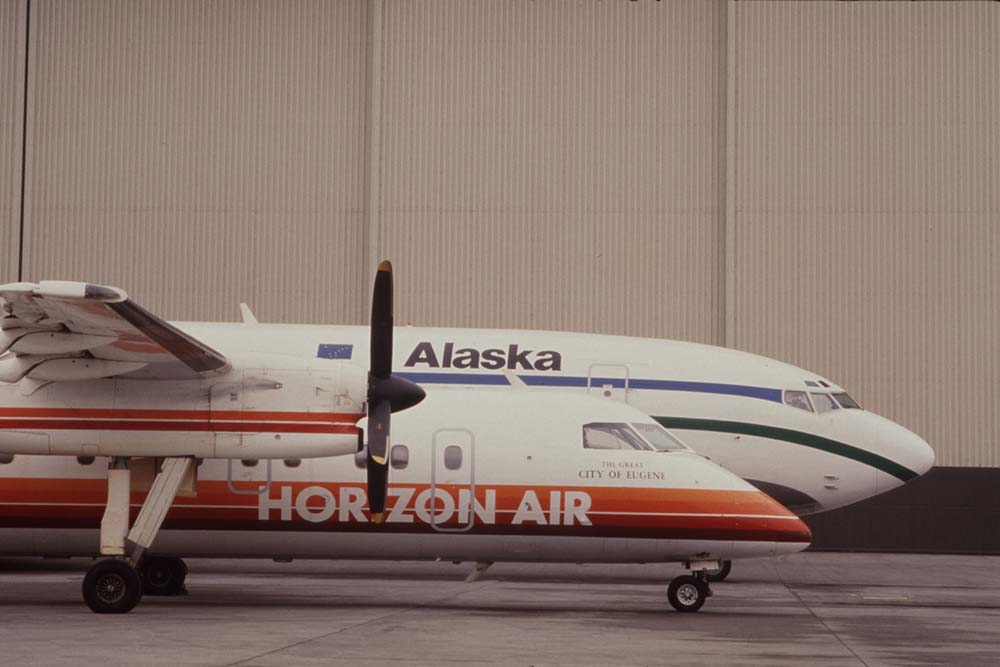
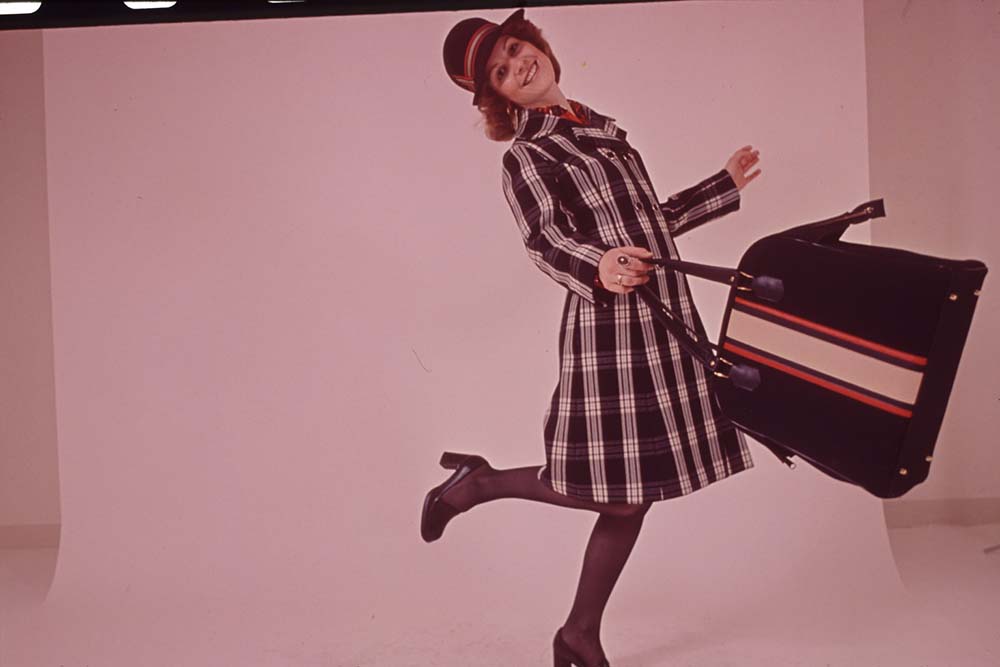
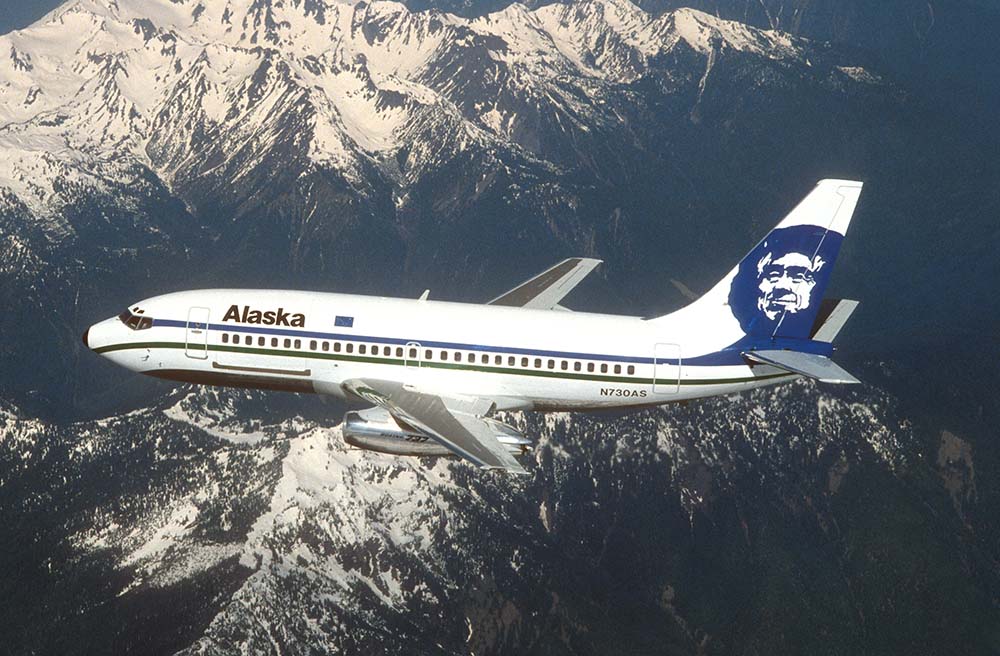
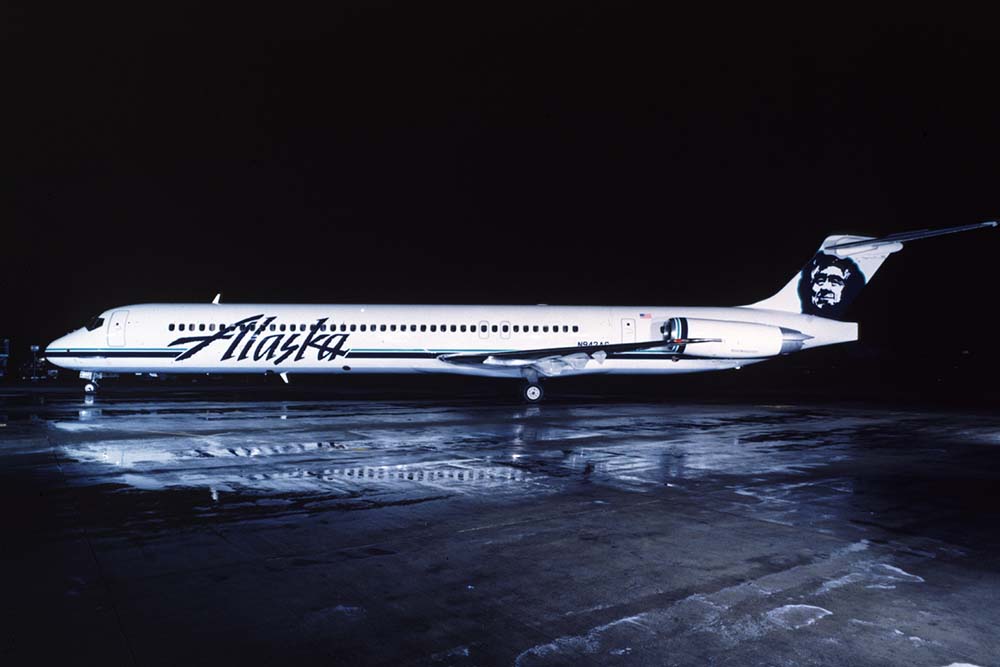

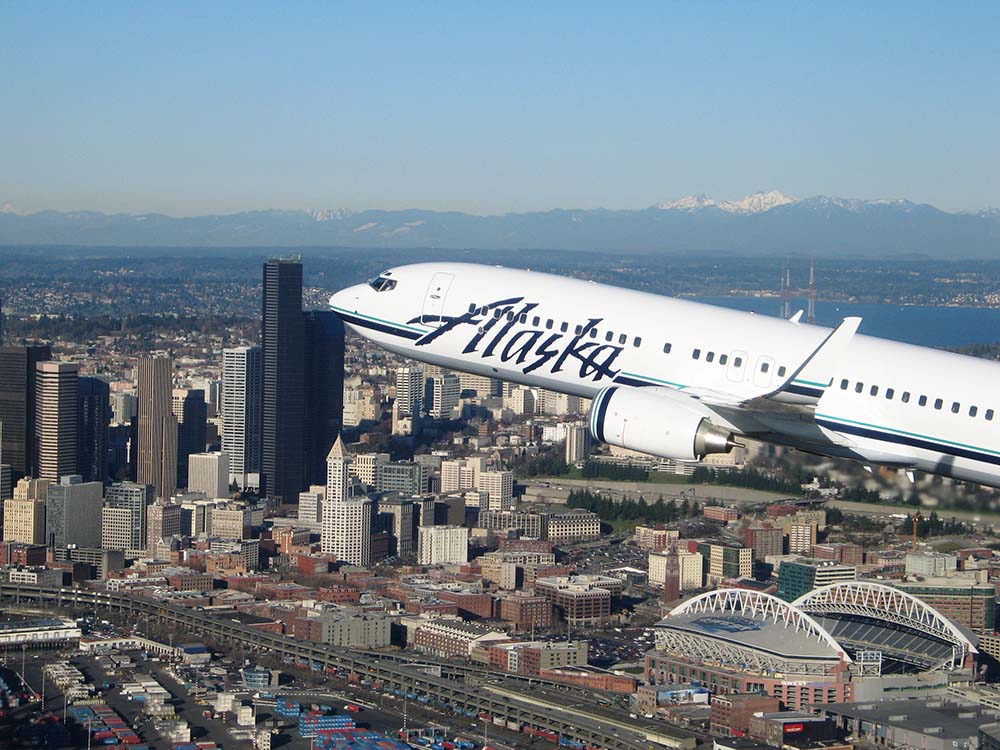
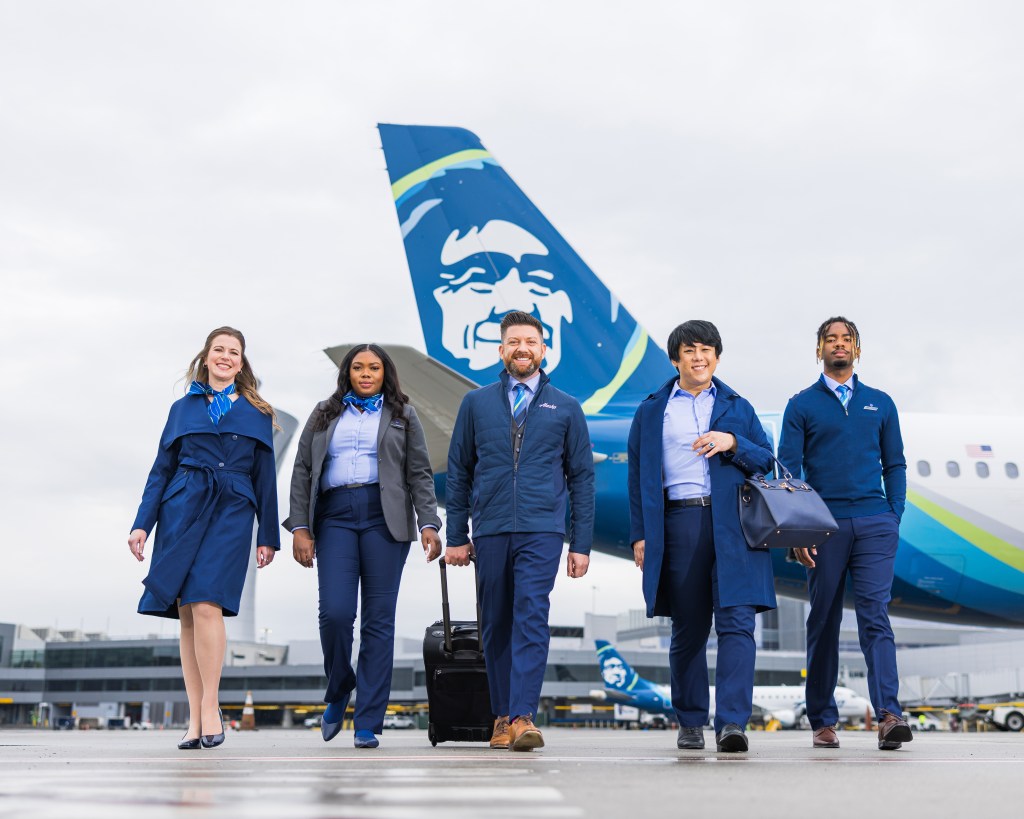
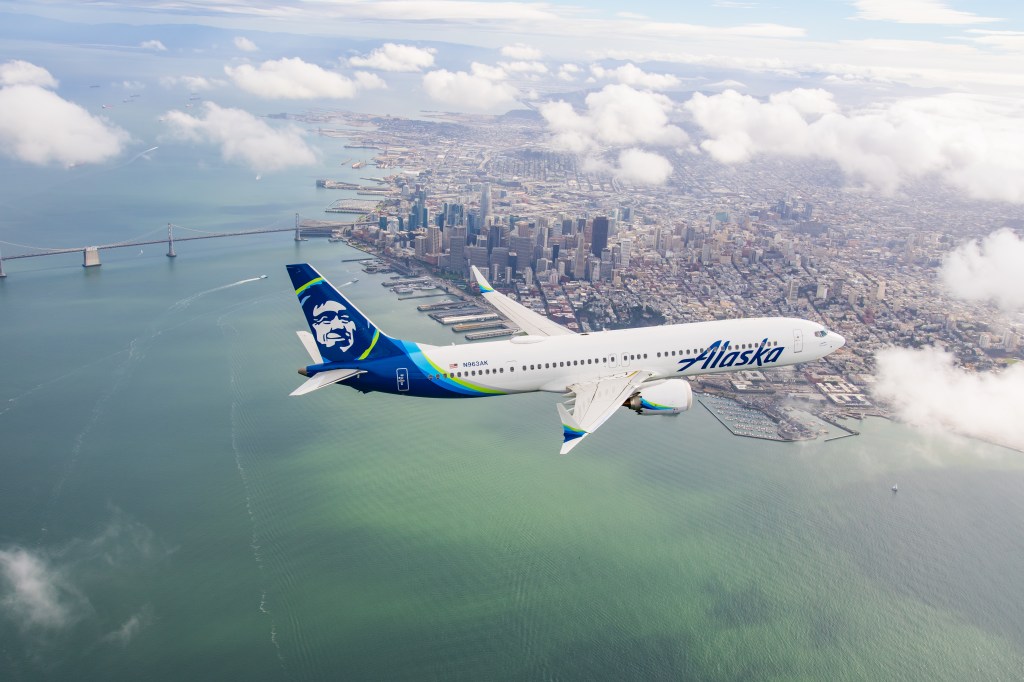
Connecting communities where we live, work and fly
Even though these colorful anecdotes are from way back when, their values still drive who we are today as an airline. We’re all about staying connected to the communities we serve. Just ask Brad C., a 28-year sales and marketing manager in the state of Alaska. Brad moved from Phoenix to Anchorage to take a job in sales for the airline and quickly learned that hiking boots and jeans were the way to fit in with his customers.
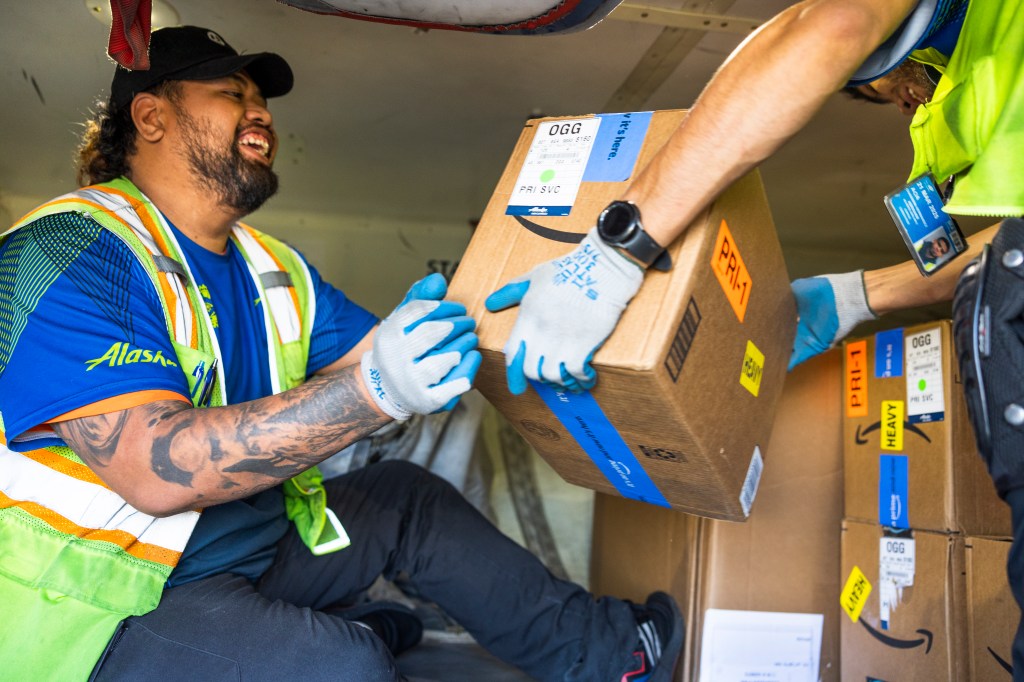
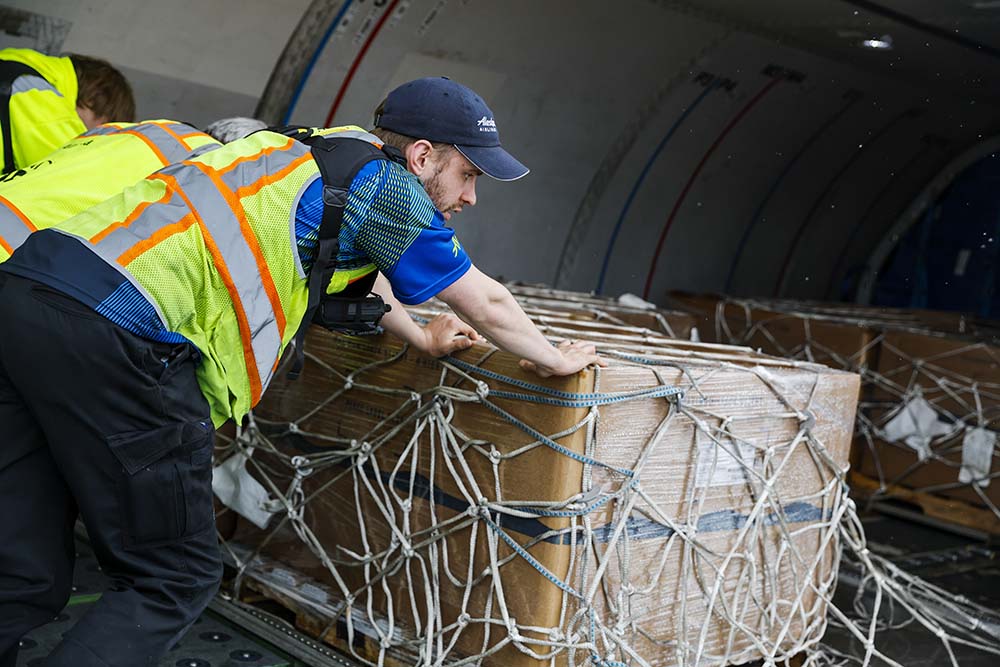
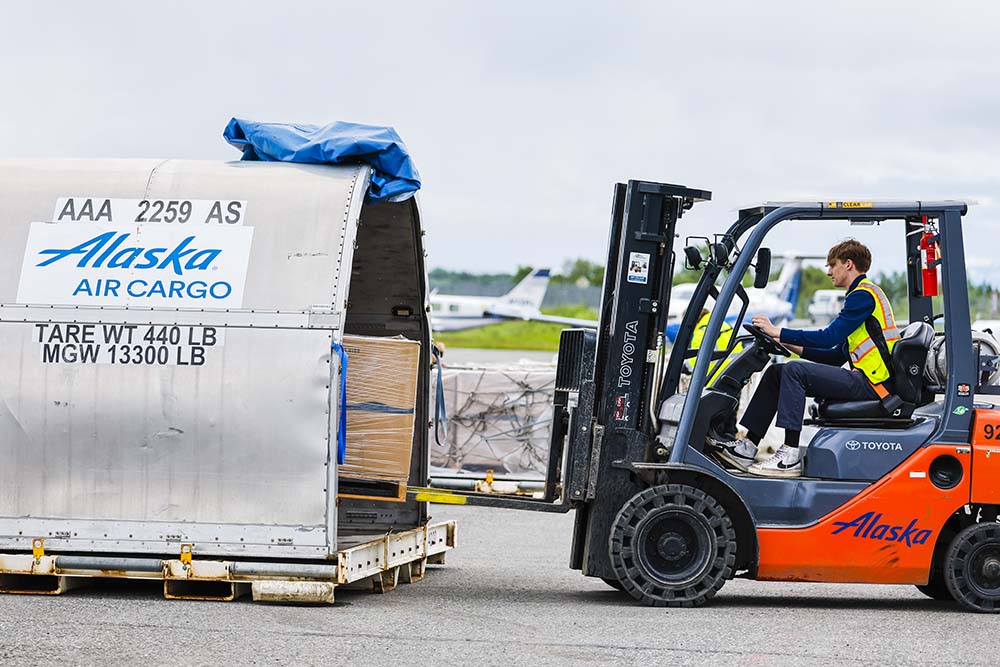

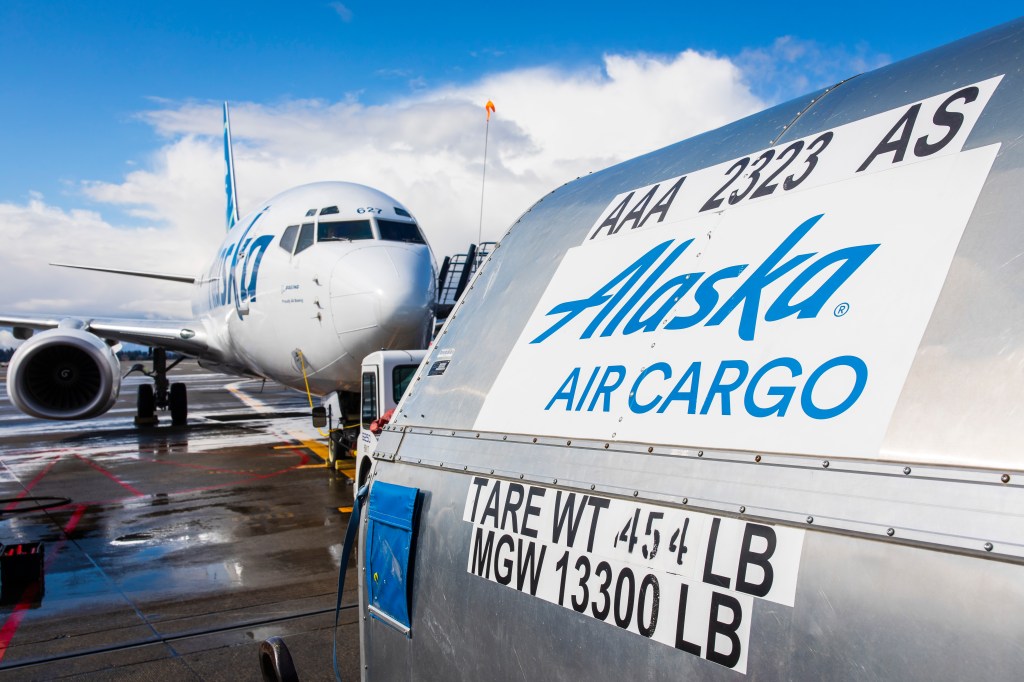
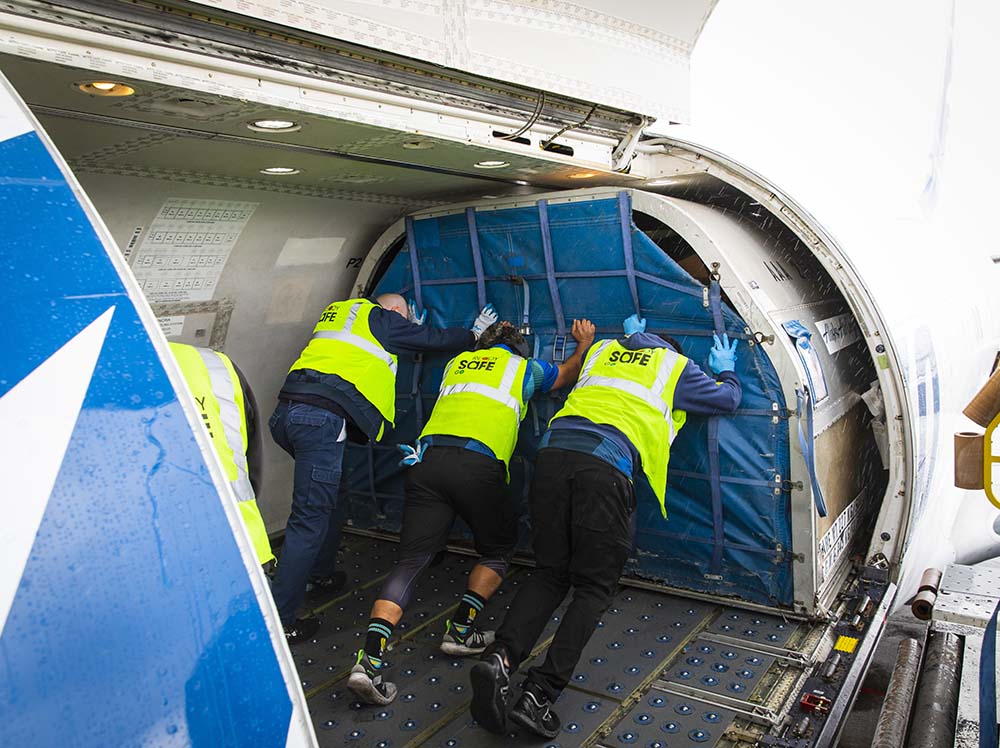
“When I wore nice pants, they immediately asked me if I was from Seattle,” Brad laughed.
It’s about truly understanding the community—his sales calls extend beyond travel agencies to include civic centers, hospitals, and even the local high school.
“We’re the school bus for sports teams, the ambulance for transport to medical appointments, the delivery truck that brings in their milk and eggs,” Brad says of the airline’s importance to such remote communities as Nome, Kotzebue and Bethel in the northernmost part of the state.
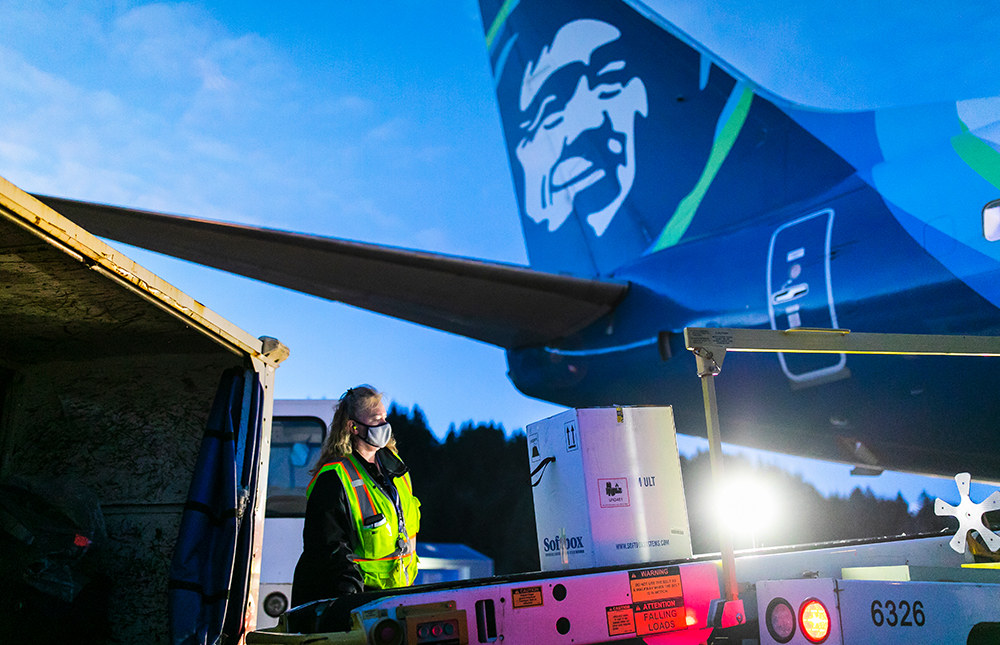
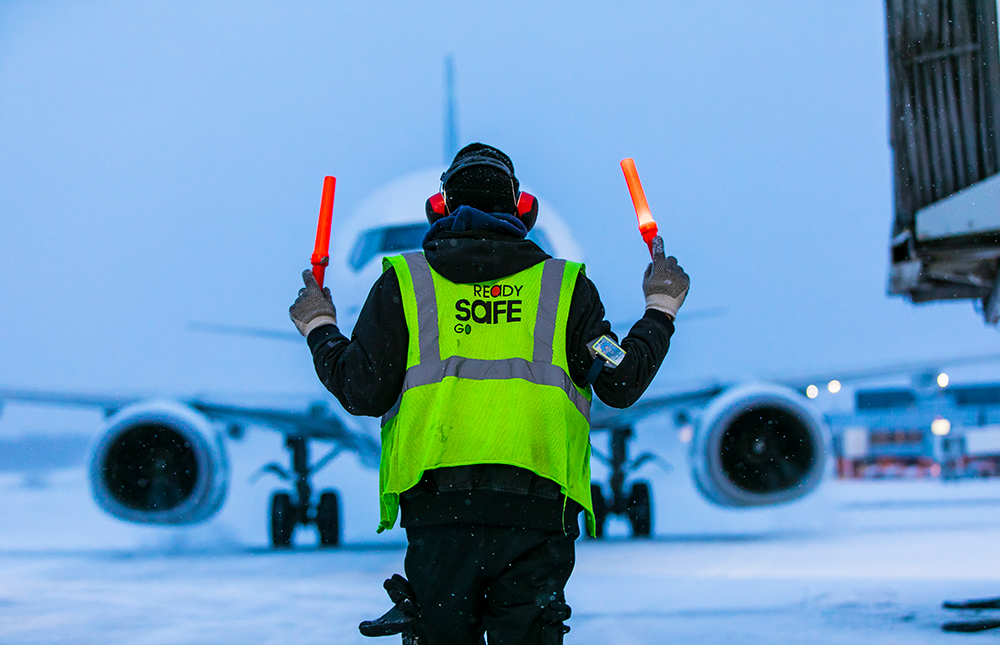
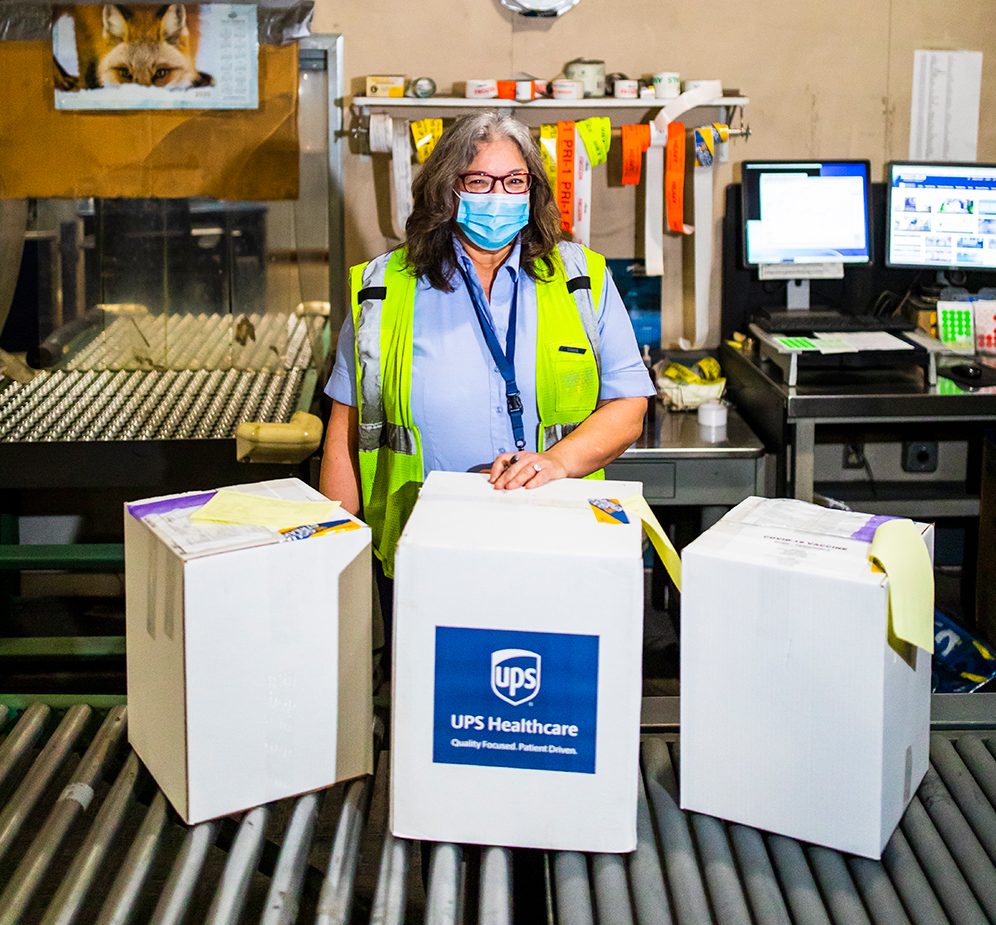
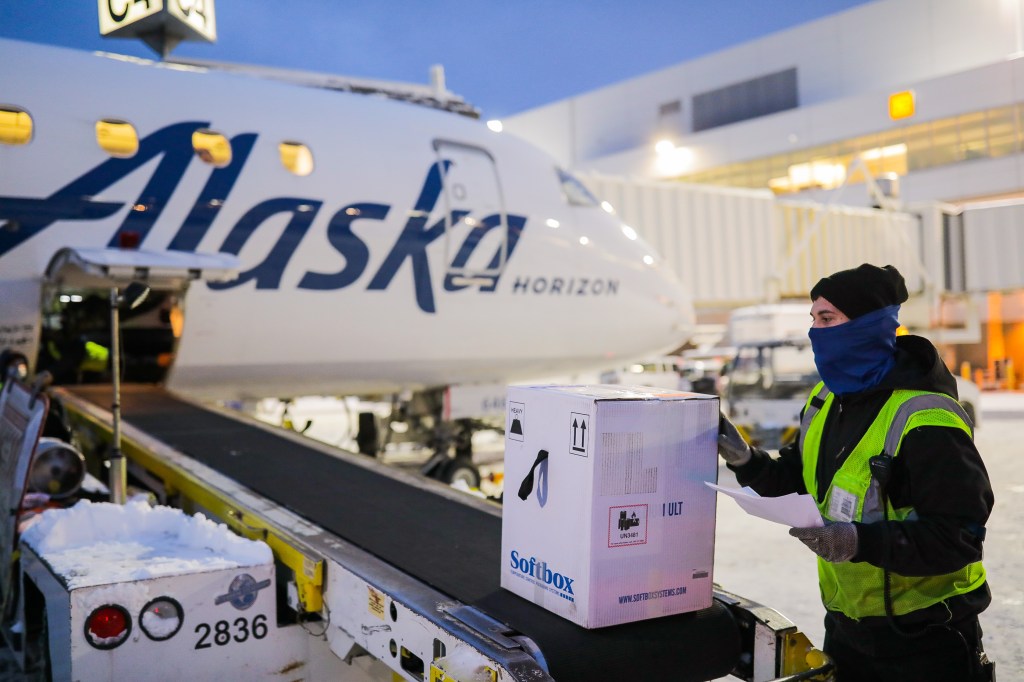
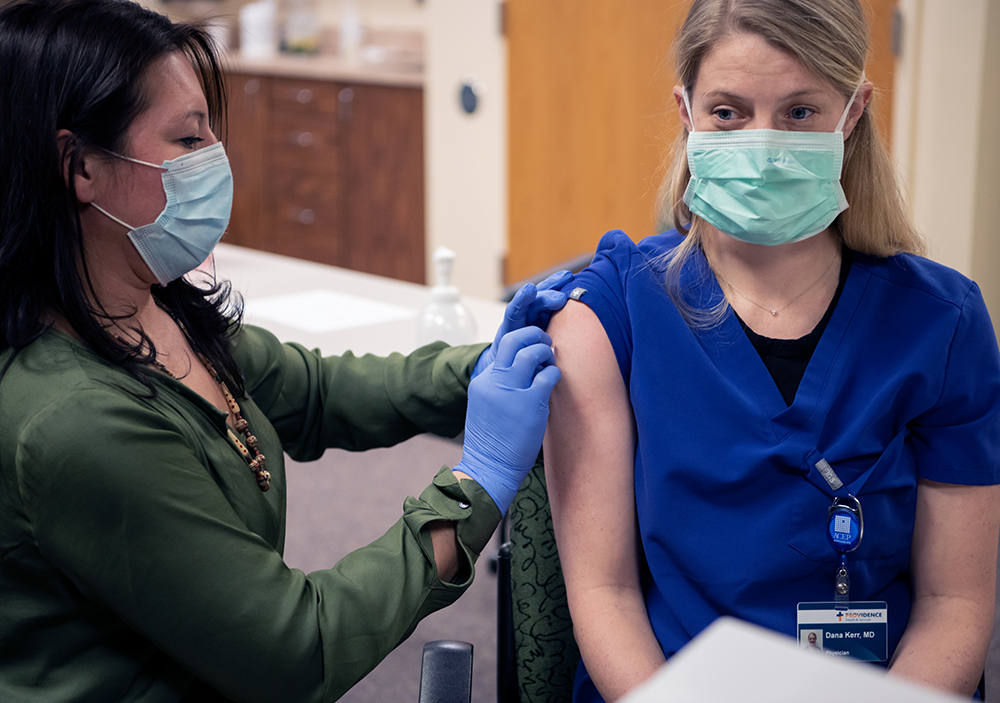
Recently, we flew a planeload of bottled water to Kotzebue to hydrate high school athletes playing in a tournament. “The city was having some issues with its water, so we jumped in to help,” Brad said.
A small-town gesture isn’t unusual for us.
When a guest flew into Sitka to pay respects at his father’s grave, and discovered the absence of ride-share services, our airport employee Elaine O., generously offered her car keys. “It was the right thing to do,” she said, loaning her car to the guest.
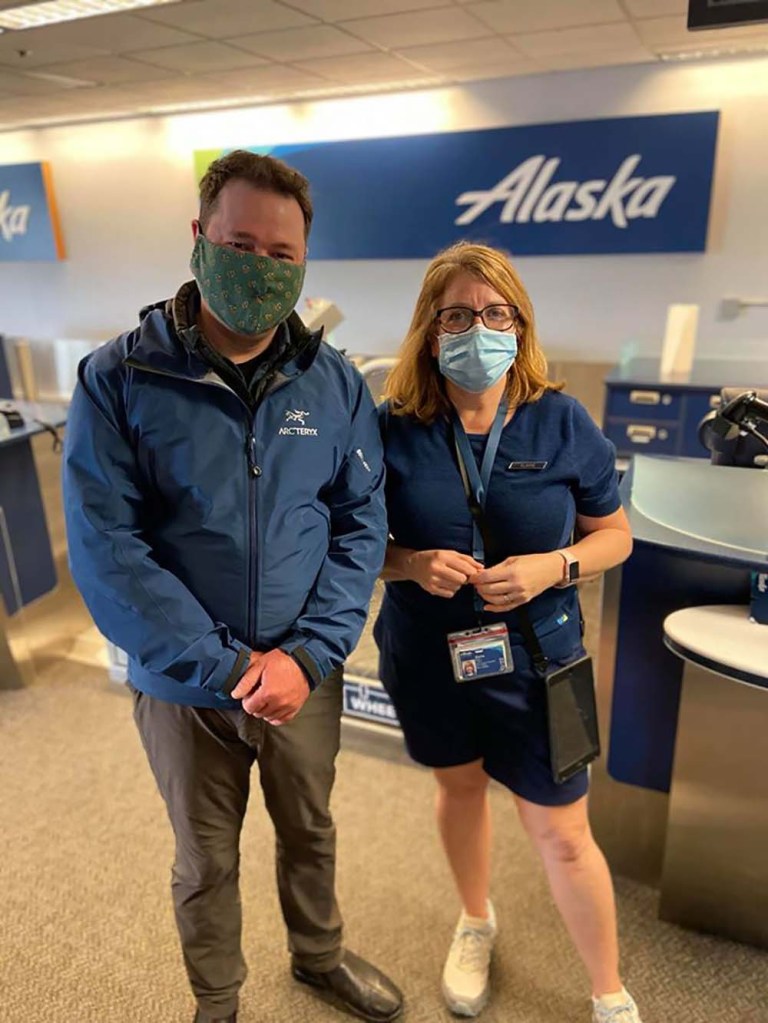


“This type of thing happens all the time,” Brad said. “It’s part of who we are as an airline. Even though we’ve grown, our small-town roots run deep.”
The Alaska Spirit
Our airline’s spirit comes from not only caring for the people who fly with us, but also the challenging environment we face daily (especially in the great state of Alaska).
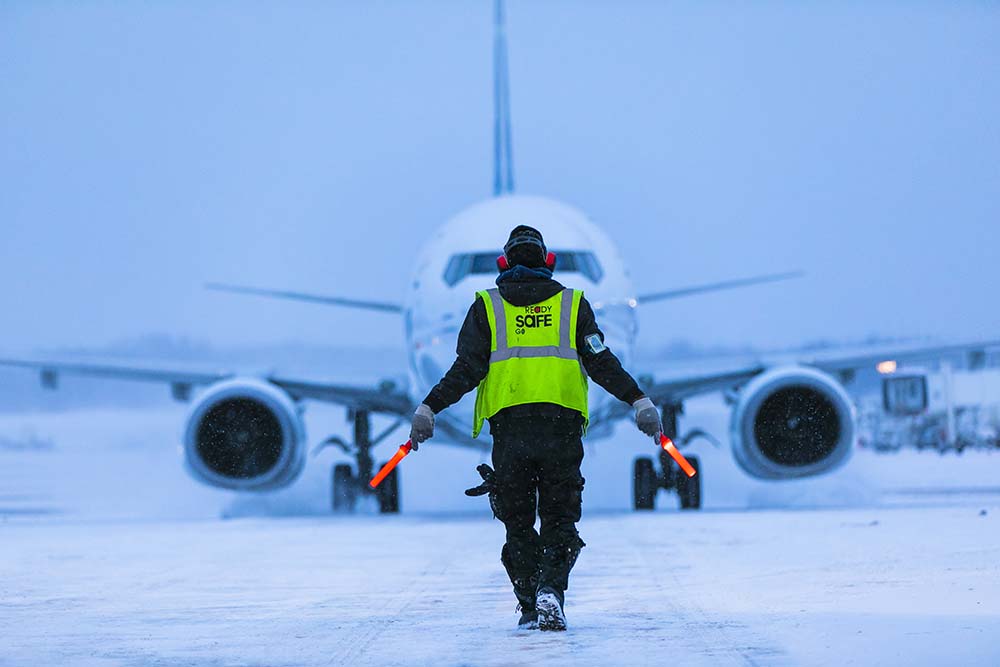
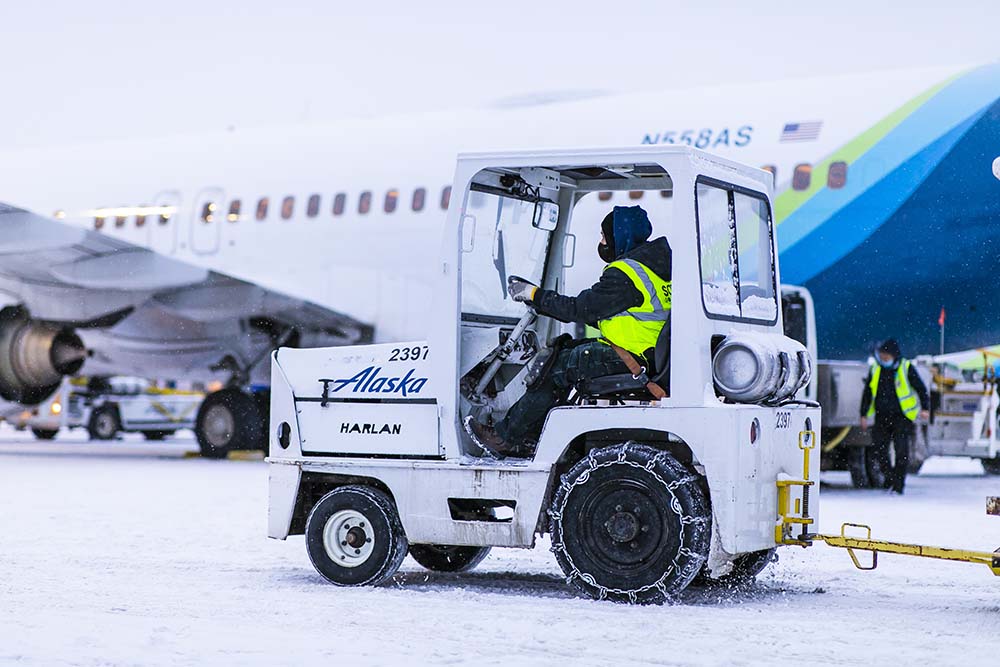
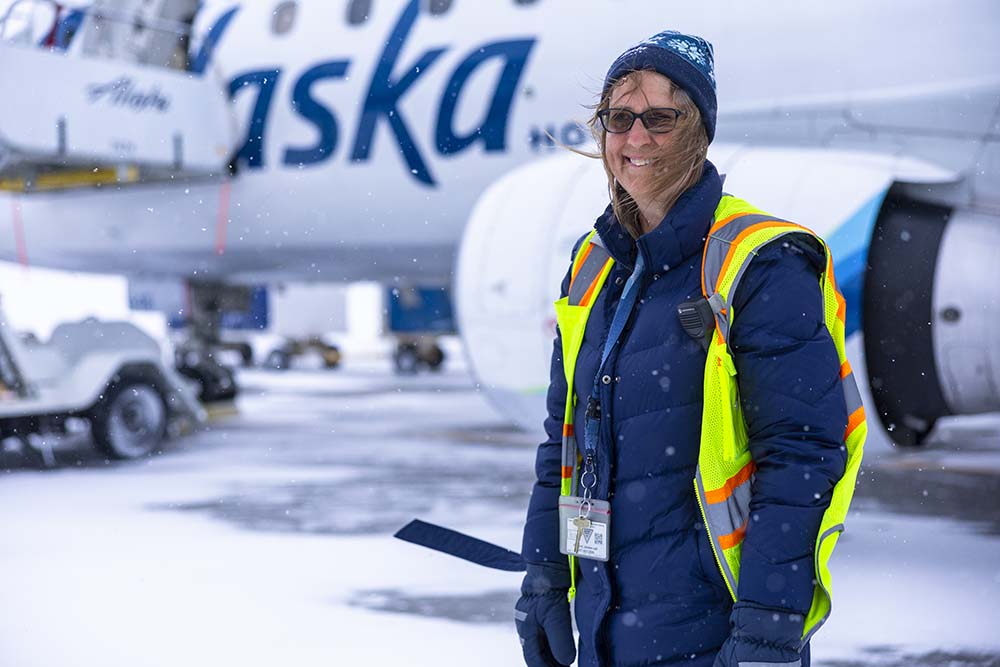
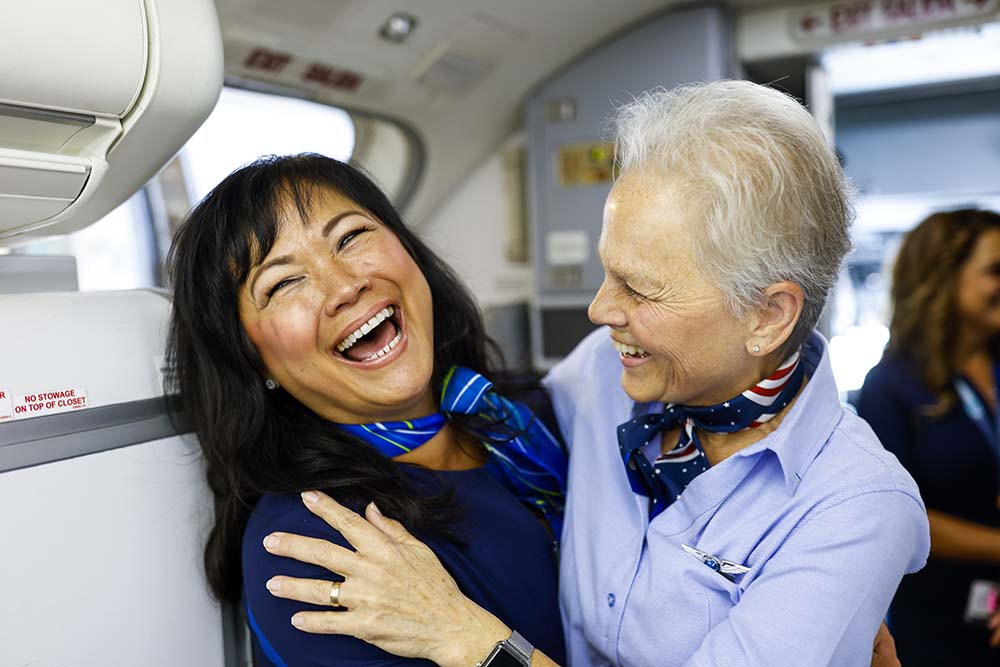
Our employees are hardier than most—unloading planes in sub-zero temps, changing a tire in a blizzard and flying into snow-and fog-socked airports is just another day at the office for our employees. Maybe those old-school anecdotes aren’t just history after all.
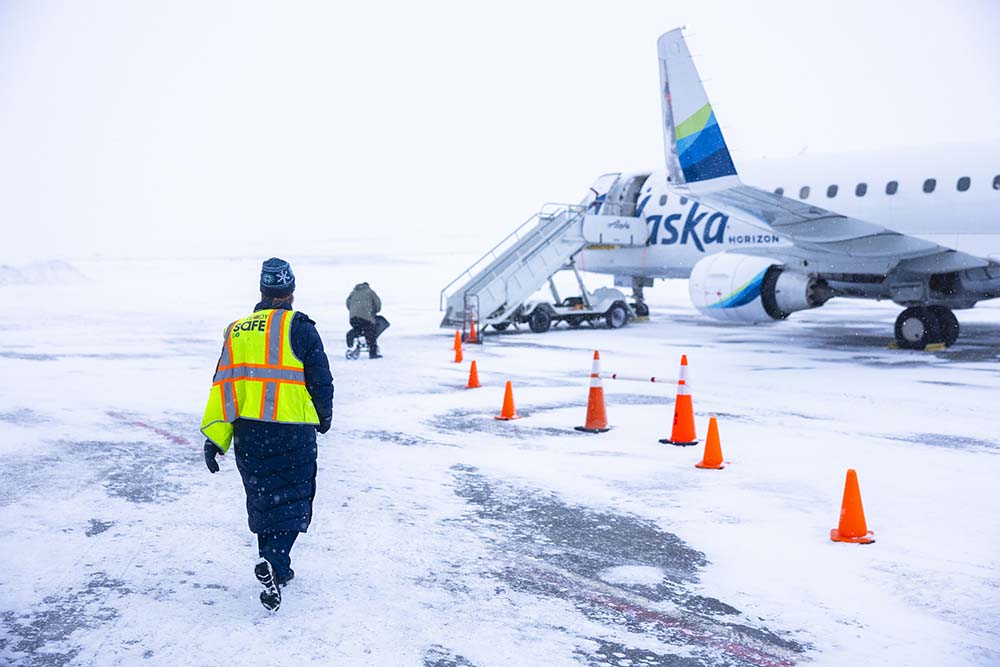
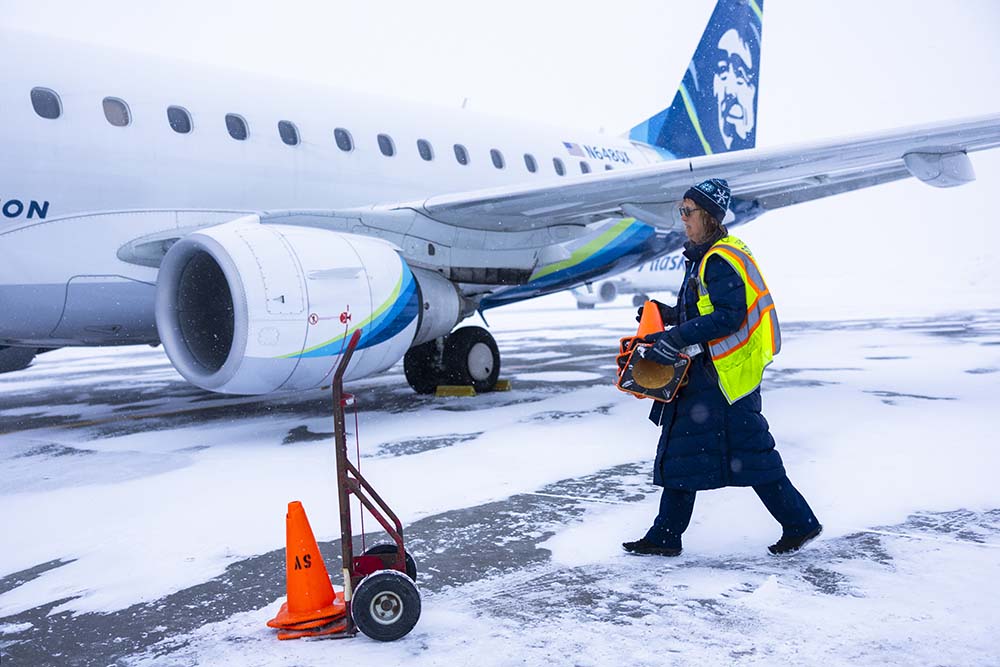
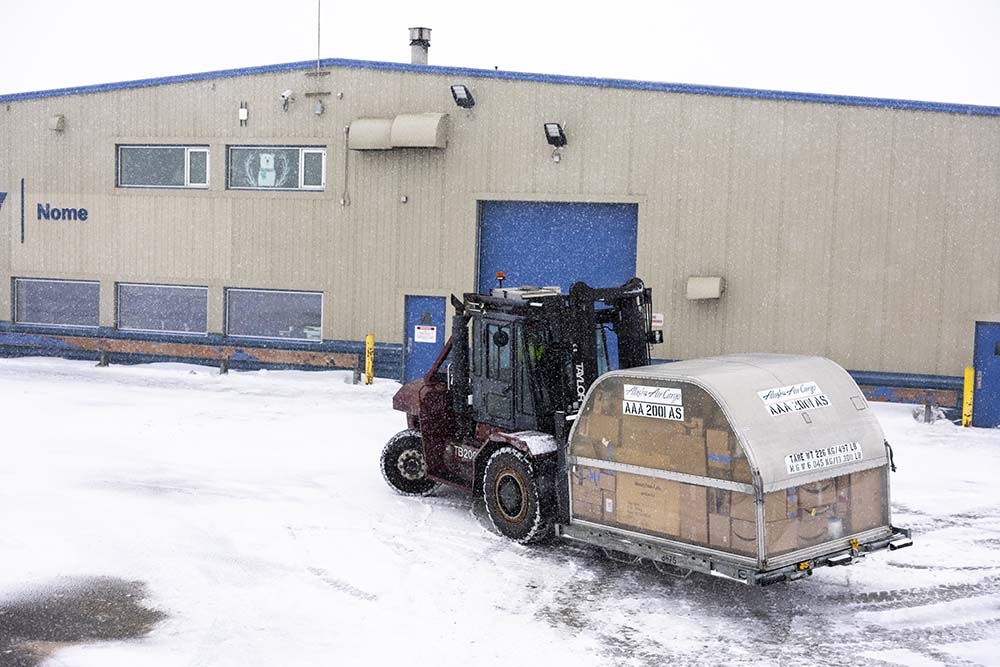
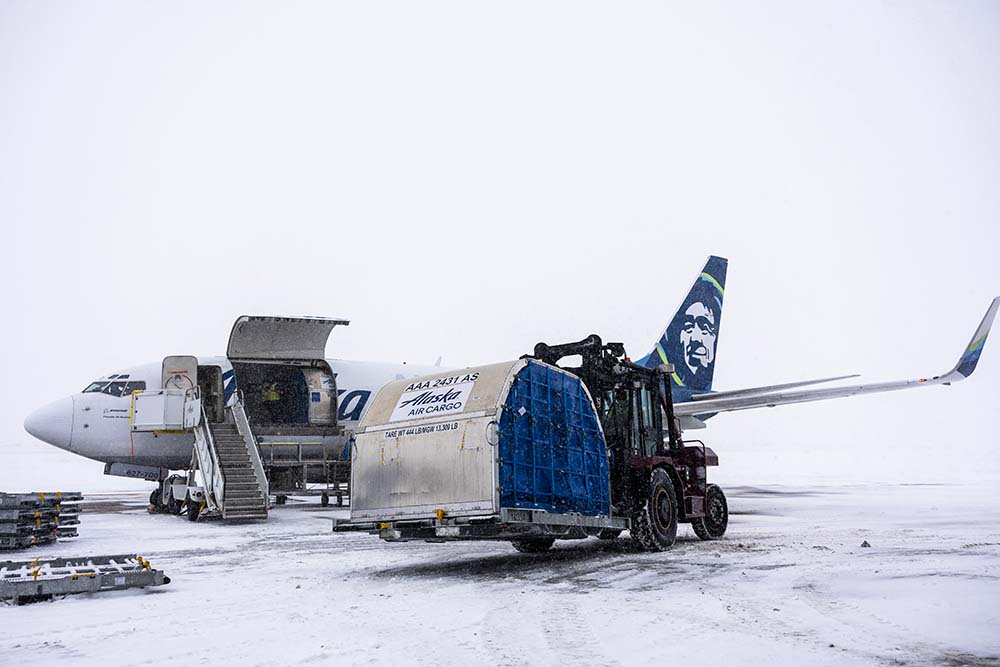
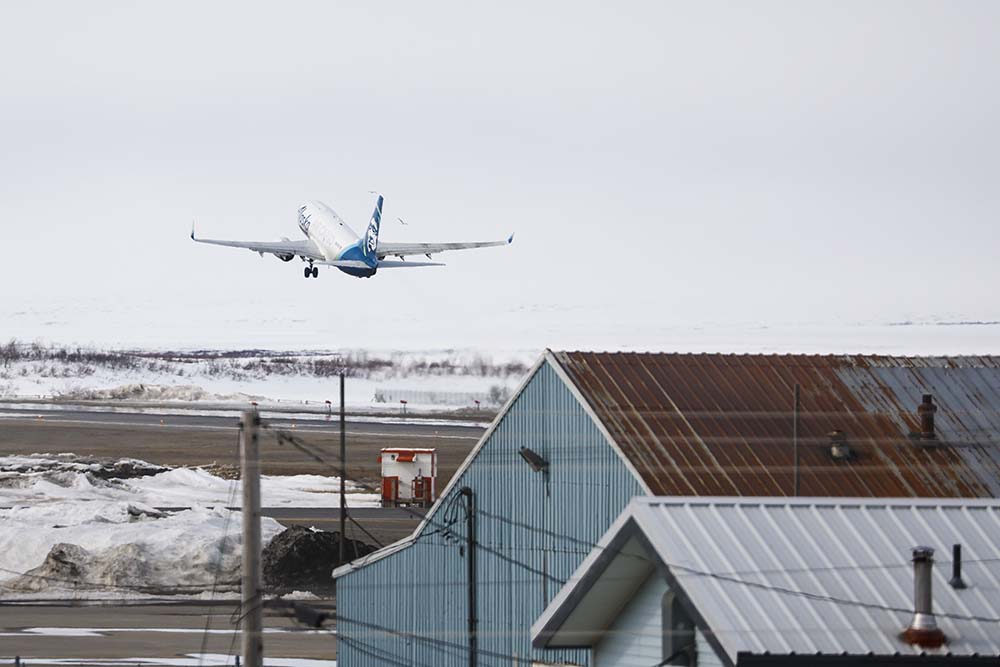
In fact, it was these challenging conditions that inspired Alaska’s pilots to pioneer a GPS-based navigation system called Required Navigational Performance (RNP) to allow us to reliably serve rural airports like Juneau. “RNP was a game-changer” says Captain Bret P, managing director of network operations control.
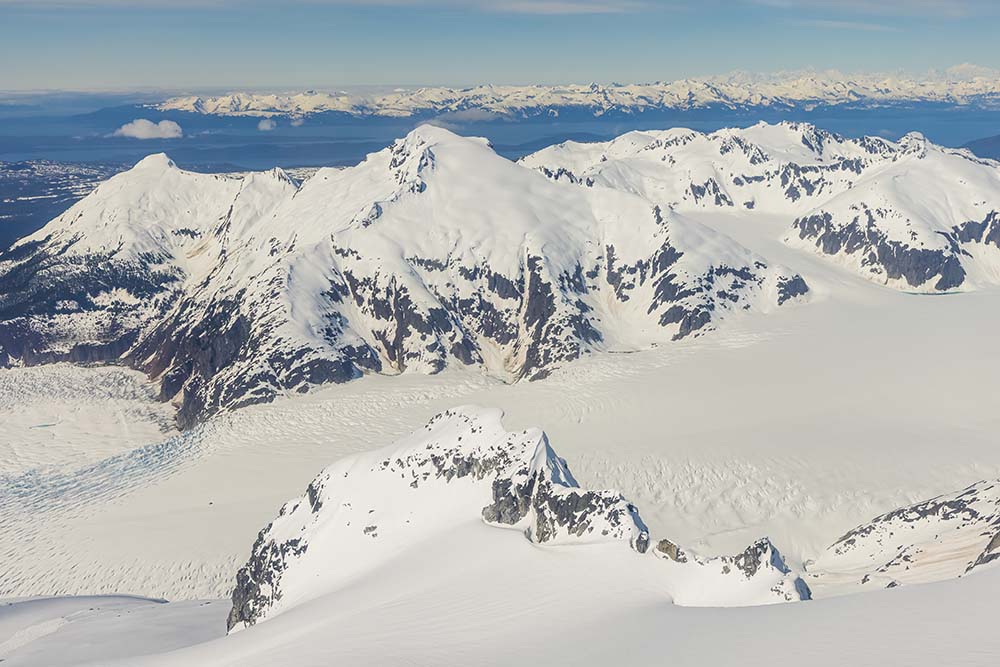
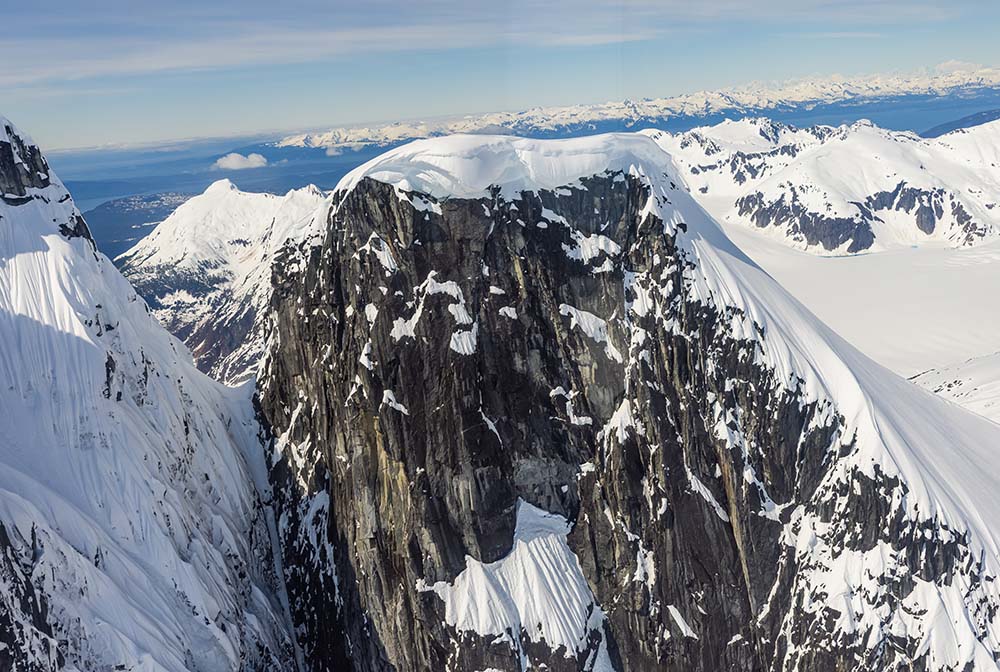
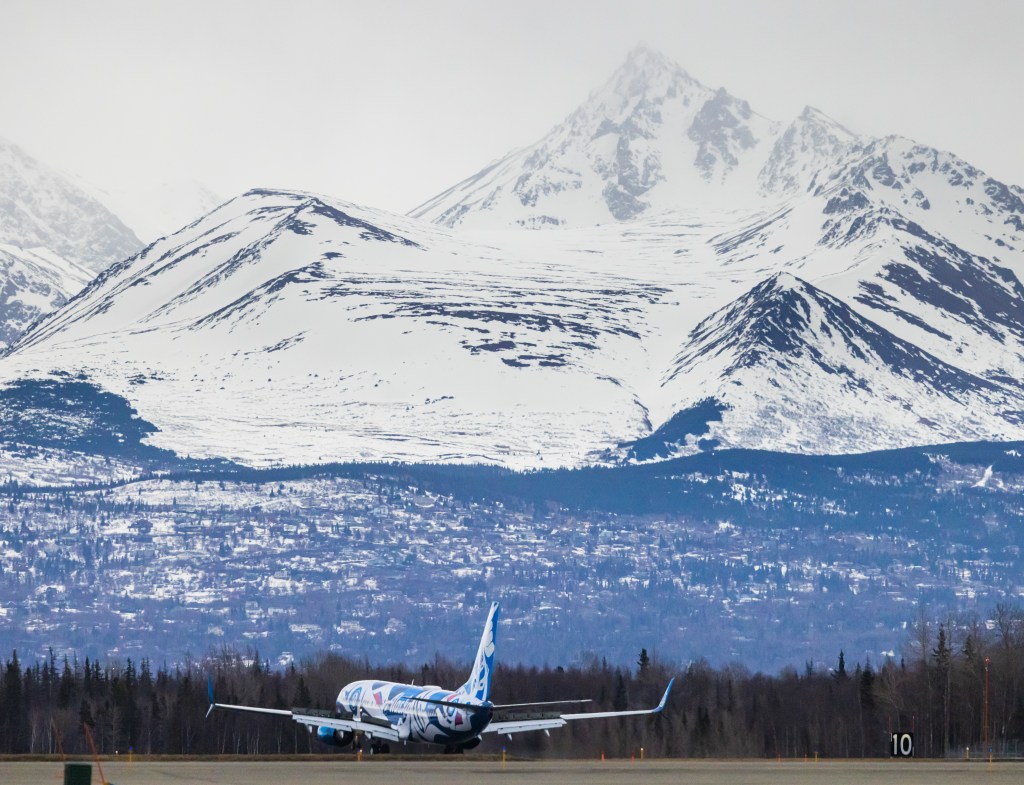
“The technology leveled the playing field, making landing in extreme weather and challenging topography as safe as landing at LAX,” he said.
Bret, who has been a pilot with Alaska for 24 years, loves flying to small towns in Alaska. He finds it particularly meaningful when he sees the crew unloading essential supplies such as vegetables, kids’ bikes and more, underscoring the vital role Alaska Airlines plays in supporting these communities.

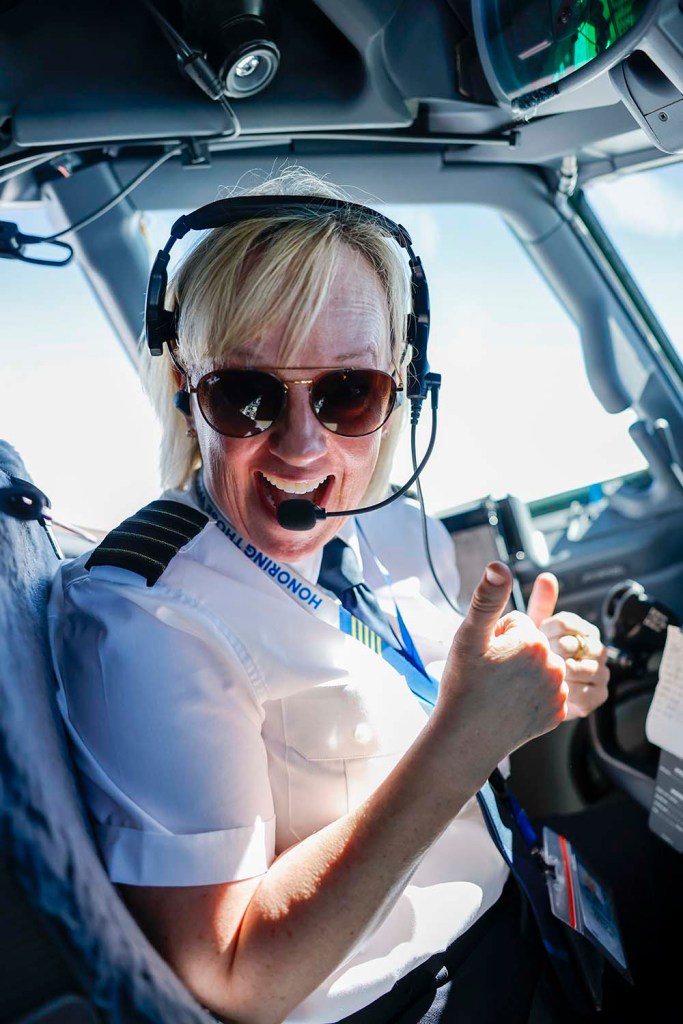
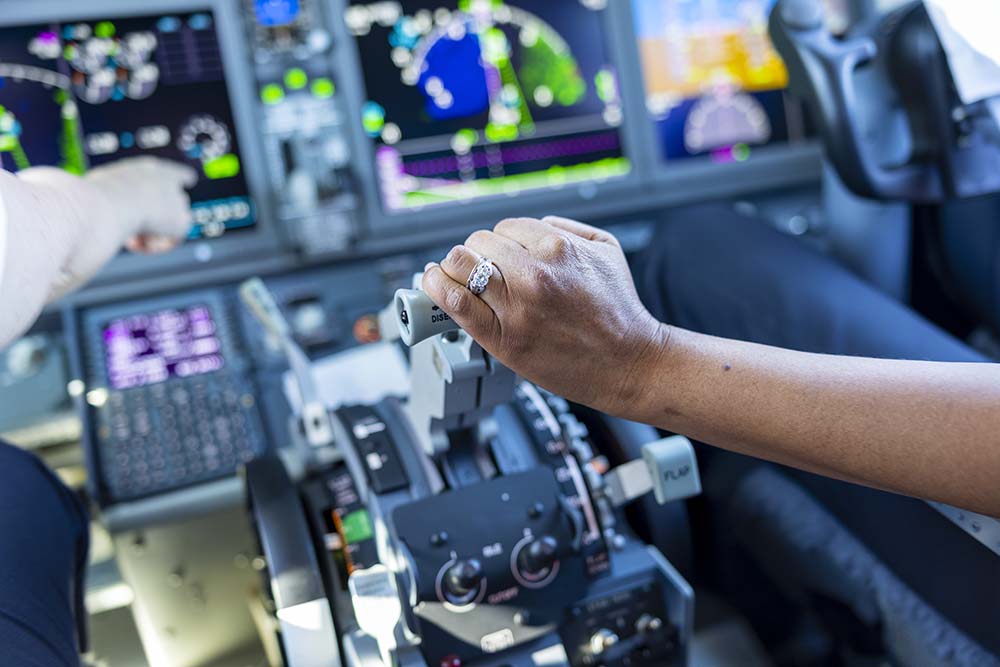
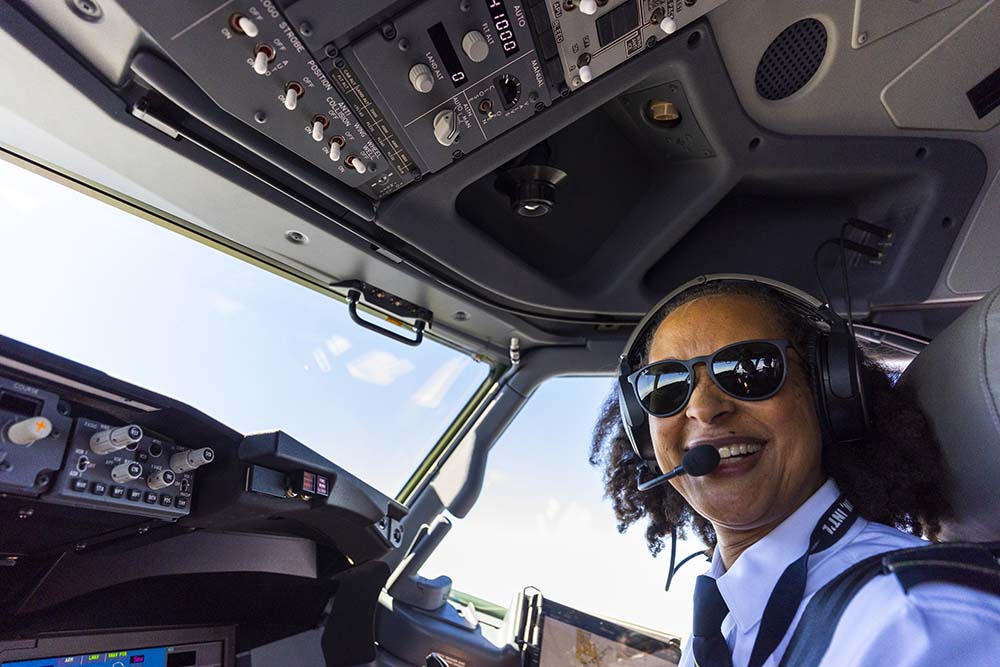
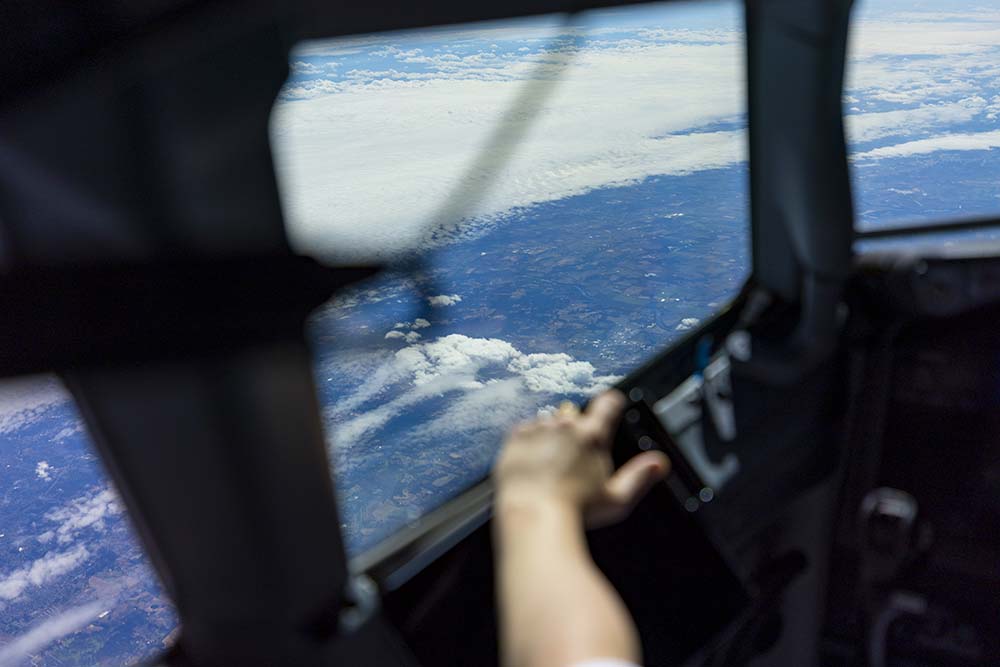
Our path forward
This dedication to the state where we grew up, this Alaska grit, is the glue that holds us together as an airline—and its why these stories of our humble beginnings are handed down from veteran employees to new hires. Because no matter how much we’ve grown, it’s important that we all remember how an obscure little airline from America’s 49th state has continued to strive and thrive for 92 years—through, grit, guts and determination.
